Logistics and Supply Chain Management
VerifiedAdded on 2023/04/06
|26
|3859
|369
AI Summary
This assignment evaluates the logistics and supply chain management of NTUC FairPrice and analyzes the issues related to the centralized distribution system of fresh food products. It provides recommendations for an effective management system.
Contribute Materials
Your contribution can guide someone’s learning journey. Share your
documents today.
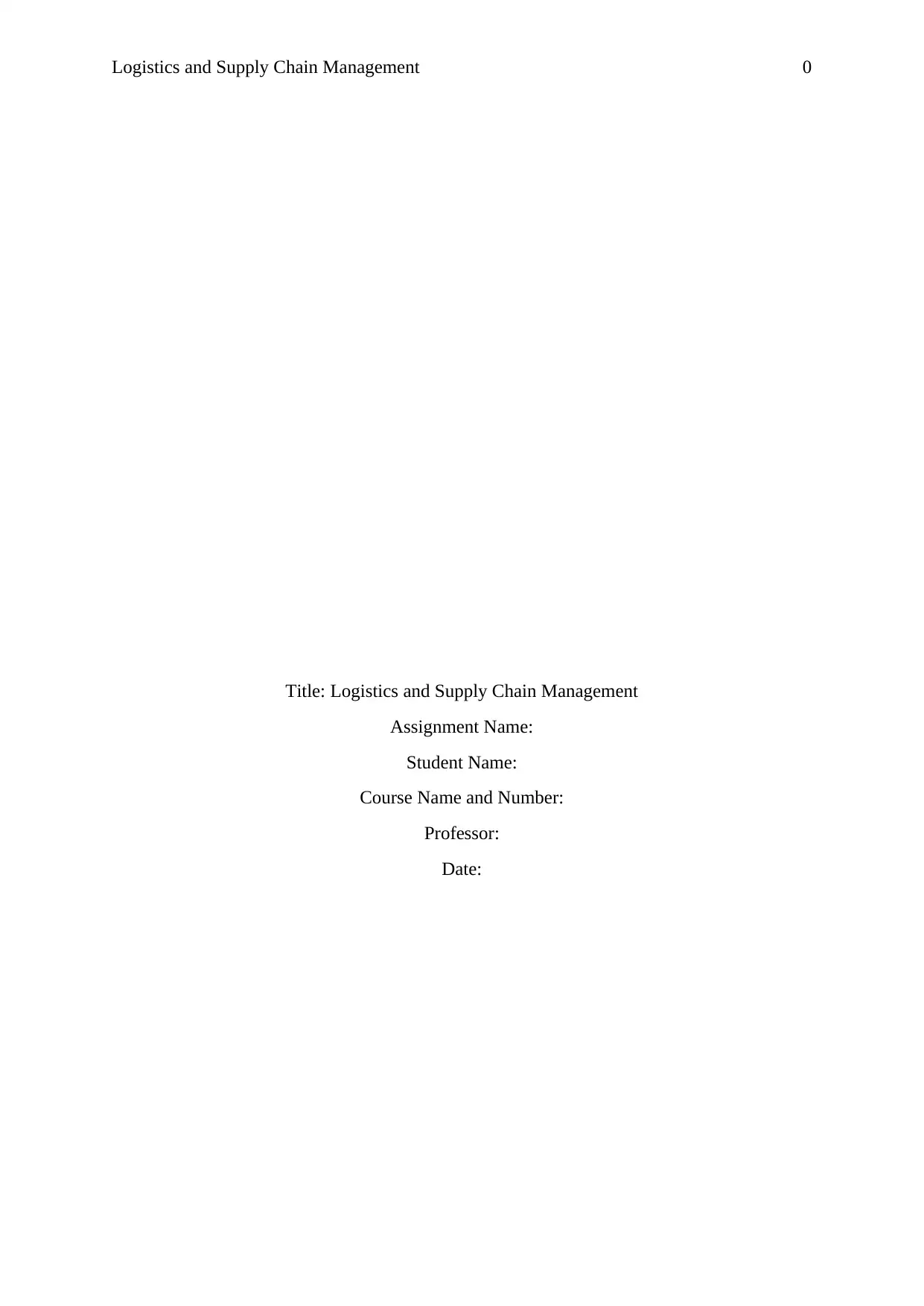
Logistics and Supply Chain Management 0
Title: Logistics and Supply Chain Management
Assignment Name:
Student Name:
Course Name and Number:
Professor:
Date:
Title: Logistics and Supply Chain Management
Assignment Name:
Student Name:
Course Name and Number:
Professor:
Date:
Secure Best Marks with AI Grader
Need help grading? Try our AI Grader for instant feedback on your assignments.
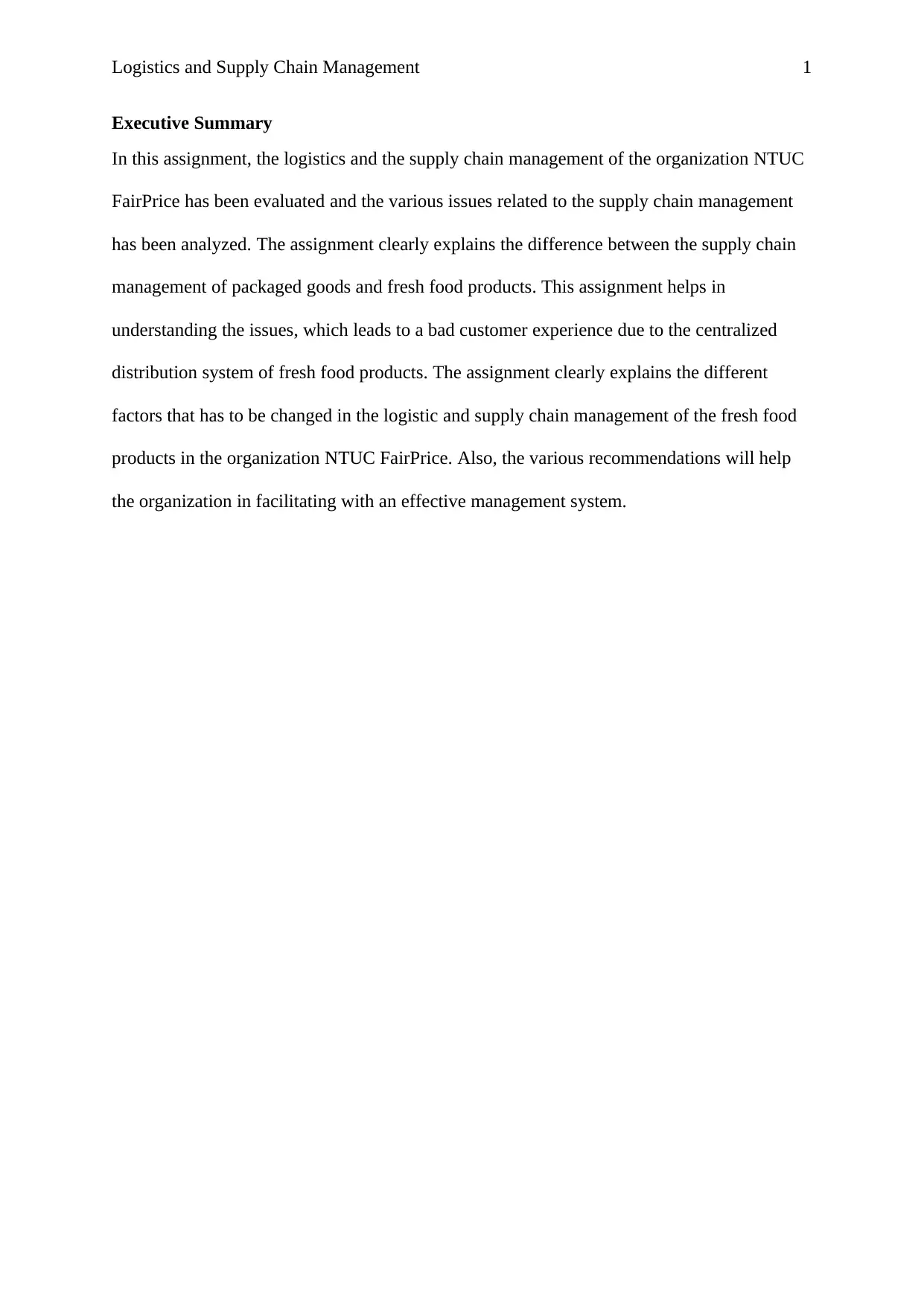
Logistics and Supply Chain Management 1
Executive Summary
In this assignment, the logistics and the supply chain management of the organization NTUC
FairPrice has been evaluated and the various issues related to the supply chain management
has been analyzed. The assignment clearly explains the difference between the supply chain
management of packaged goods and fresh food products. This assignment helps in
understanding the issues, which leads to a bad customer experience due to the centralized
distribution system of fresh food products. The assignment clearly explains the different
factors that has to be changed in the logistic and supply chain management of the fresh food
products in the organization NTUC FairPrice. Also, the various recommendations will help
the organization in facilitating with an effective management system.
Executive Summary
In this assignment, the logistics and the supply chain management of the organization NTUC
FairPrice has been evaluated and the various issues related to the supply chain management
has been analyzed. The assignment clearly explains the difference between the supply chain
management of packaged goods and fresh food products. This assignment helps in
understanding the issues, which leads to a bad customer experience due to the centralized
distribution system of fresh food products. The assignment clearly explains the different
factors that has to be changed in the logistic and supply chain management of the fresh food
products in the organization NTUC FairPrice. Also, the various recommendations will help
the organization in facilitating with an effective management system.
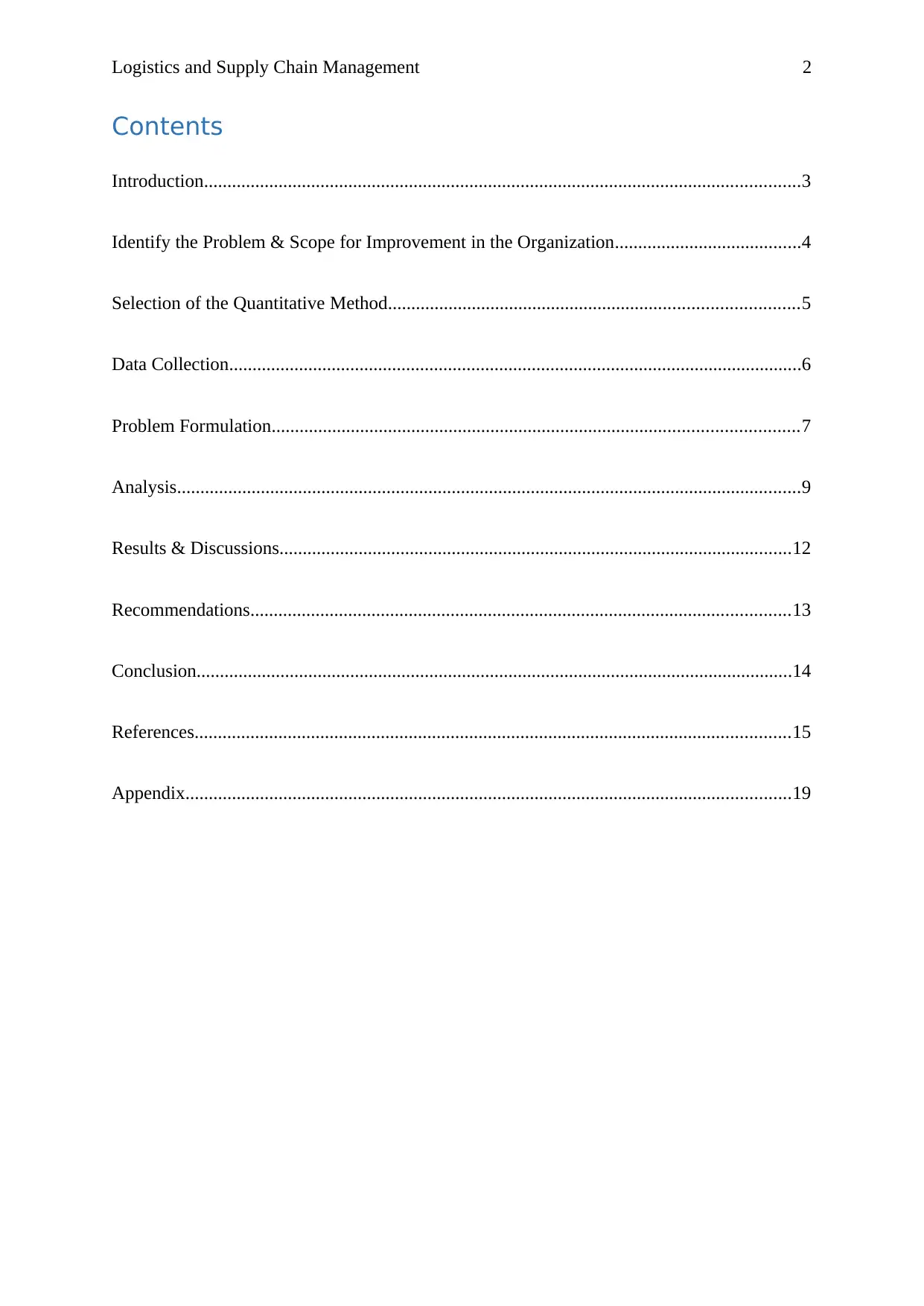
Logistics and Supply Chain Management 2
Contents
Introduction................................................................................................................................3
Identify the Problem & Scope for Improvement in the Organization........................................4
Selection of the Quantitative Method........................................................................................5
Data Collection...........................................................................................................................6
Problem Formulation.................................................................................................................7
Analysis......................................................................................................................................9
Results & Discussions..............................................................................................................12
Recommendations....................................................................................................................13
Conclusion................................................................................................................................14
References................................................................................................................................15
Appendix..................................................................................................................................19
Contents
Introduction................................................................................................................................3
Identify the Problem & Scope for Improvement in the Organization........................................4
Selection of the Quantitative Method........................................................................................5
Data Collection...........................................................................................................................6
Problem Formulation.................................................................................................................7
Analysis......................................................................................................................................9
Results & Discussions..............................................................................................................12
Recommendations....................................................................................................................13
Conclusion................................................................................................................................14
References................................................................................................................................15
Appendix..................................................................................................................................19
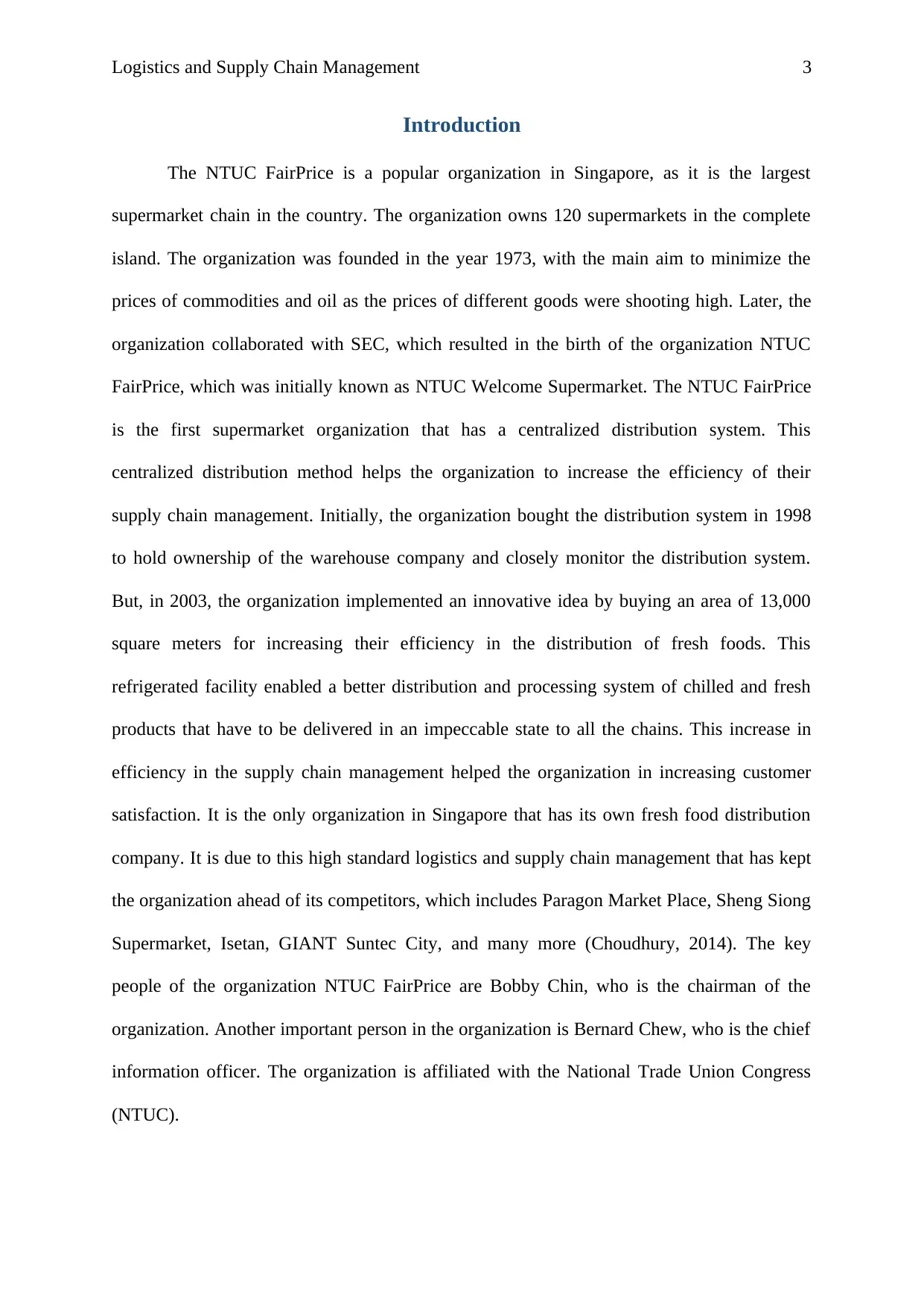
Logistics and Supply Chain Management 3
Introduction
The NTUC FairPrice is a popular organization in Singapore, as it is the largest
supermarket chain in the country. The organization owns 120 supermarkets in the complete
island. The organization was founded in the year 1973, with the main aim to minimize the
prices of commodities and oil as the prices of different goods were shooting high. Later, the
organization collaborated with SEC, which resulted in the birth of the organization NTUC
FairPrice, which was initially known as NTUC Welcome Supermarket. The NTUC FairPrice
is the first supermarket organization that has a centralized distribution system. This
centralized distribution method helps the organization to increase the efficiency of their
supply chain management. Initially, the organization bought the distribution system in 1998
to hold ownership of the warehouse company and closely monitor the distribution system.
But, in 2003, the organization implemented an innovative idea by buying an area of 13,000
square meters for increasing their efficiency in the distribution of fresh foods. This
refrigerated facility enabled a better distribution and processing system of chilled and fresh
products that have to be delivered in an impeccable state to all the chains. This increase in
efficiency in the supply chain management helped the organization in increasing customer
satisfaction. It is the only organization in Singapore that has its own fresh food distribution
company. It is due to this high standard logistics and supply chain management that has kept
the organization ahead of its competitors, which includes Paragon Market Place, Sheng Siong
Supermarket, Isetan, GIANT Suntec City, and many more (Choudhury, 2014). The key
people of the organization NTUC FairPrice are Bobby Chin, who is the chairman of the
organization. Another important person in the organization is Bernard Chew, who is the chief
information officer. The organization is affiliated with the National Trade Union Congress
(NTUC).
Introduction
The NTUC FairPrice is a popular organization in Singapore, as it is the largest
supermarket chain in the country. The organization owns 120 supermarkets in the complete
island. The organization was founded in the year 1973, with the main aim to minimize the
prices of commodities and oil as the prices of different goods were shooting high. Later, the
organization collaborated with SEC, which resulted in the birth of the organization NTUC
FairPrice, which was initially known as NTUC Welcome Supermarket. The NTUC FairPrice
is the first supermarket organization that has a centralized distribution system. This
centralized distribution method helps the organization to increase the efficiency of their
supply chain management. Initially, the organization bought the distribution system in 1998
to hold ownership of the warehouse company and closely monitor the distribution system.
But, in 2003, the organization implemented an innovative idea by buying an area of 13,000
square meters for increasing their efficiency in the distribution of fresh foods. This
refrigerated facility enabled a better distribution and processing system of chilled and fresh
products that have to be delivered in an impeccable state to all the chains. This increase in
efficiency in the supply chain management helped the organization in increasing customer
satisfaction. It is the only organization in Singapore that has its own fresh food distribution
company. It is due to this high standard logistics and supply chain management that has kept
the organization ahead of its competitors, which includes Paragon Market Place, Sheng Siong
Supermarket, Isetan, GIANT Suntec City, and many more (Choudhury, 2014). The key
people of the organization NTUC FairPrice are Bobby Chin, who is the chairman of the
organization. Another important person in the organization is Bernard Chew, who is the chief
information officer. The organization is affiliated with the National Trade Union Congress
(NTUC).
Secure Best Marks with AI Grader
Need help grading? Try our AI Grader for instant feedback on your assignments.

Logistics and Supply Chain Management 4
Website: www.fairprice.com.sg/
Identify the Problem & Scope for Improvement in the Organization
The organization’s approach to developing its own distribution company has helped
the organization in increasing the effectiveness of their supply chain and also helps in
delivering more customer satisfaction. This idea was also implemented to provide customers
with better fresh foods. But there are certain aspects, which requires improvement as they are
major factors of concern. The supply chain management of the organization is mainly
governed by the IT infrastructure, which has successfully managed the inventory
management, supply chain, and procurement process (Bottani et al., 2014). The leaders of the
organization are facilitated with continuous updates about the different activities associated
with the logistics and supply chain management. This also exhibits the fact that the
organization completely depends on its IT infrastructure. The distribution company was also
formulated with the main aim of providing the customers with fresh quality products. Now,
due to the massive dependence on technology, there are some traceability issues which may
emerge due to the failure of any part of the IT infrastructure. The distribution system is
interrelated and thus, a single issue with one part can damage the working of the entire
system. Also, the main traceability issue which will emerge is maintaining a check on the
expiry dates of products. Logistics management is a factor that facilitates an efficient flow of
goods and products, as it is important for implementing plans and controlling the supply
chain management (Bouzaabia, van Riel and Semeijn, 2013). It also has all the information
from the point of origin to consumption, with the core aim of fulfilling the customers’
requirements. In the organization NTUC FairPrice, the logistics management can be broken
Website: www.fairprice.com.sg/
Identify the Problem & Scope for Improvement in the Organization
The organization’s approach to developing its own distribution company has helped
the organization in increasing the effectiveness of their supply chain and also helps in
delivering more customer satisfaction. This idea was also implemented to provide customers
with better fresh foods. But there are certain aspects, which requires improvement as they are
major factors of concern. The supply chain management of the organization is mainly
governed by the IT infrastructure, which has successfully managed the inventory
management, supply chain, and procurement process (Bottani et al., 2014). The leaders of the
organization are facilitated with continuous updates about the different activities associated
with the logistics and supply chain management. This also exhibits the fact that the
organization completely depends on its IT infrastructure. The distribution company was also
formulated with the main aim of providing the customers with fresh quality products. Now,
due to the massive dependence on technology, there are some traceability issues which may
emerge due to the failure of any part of the IT infrastructure. The distribution system is
interrelated and thus, a single issue with one part can damage the working of the entire
system. Also, the main traceability issue which will emerge is maintaining a check on the
expiry dates of products. Logistics management is a factor that facilitates an efficient flow of
goods and products, as it is important for implementing plans and controlling the supply
chain management (Bouzaabia, van Riel and Semeijn, 2013). It also has all the information
from the point of origin to consumption, with the core aim of fulfilling the customers’
requirements. In the organization NTUC FairPrice, the logistics management can be broken
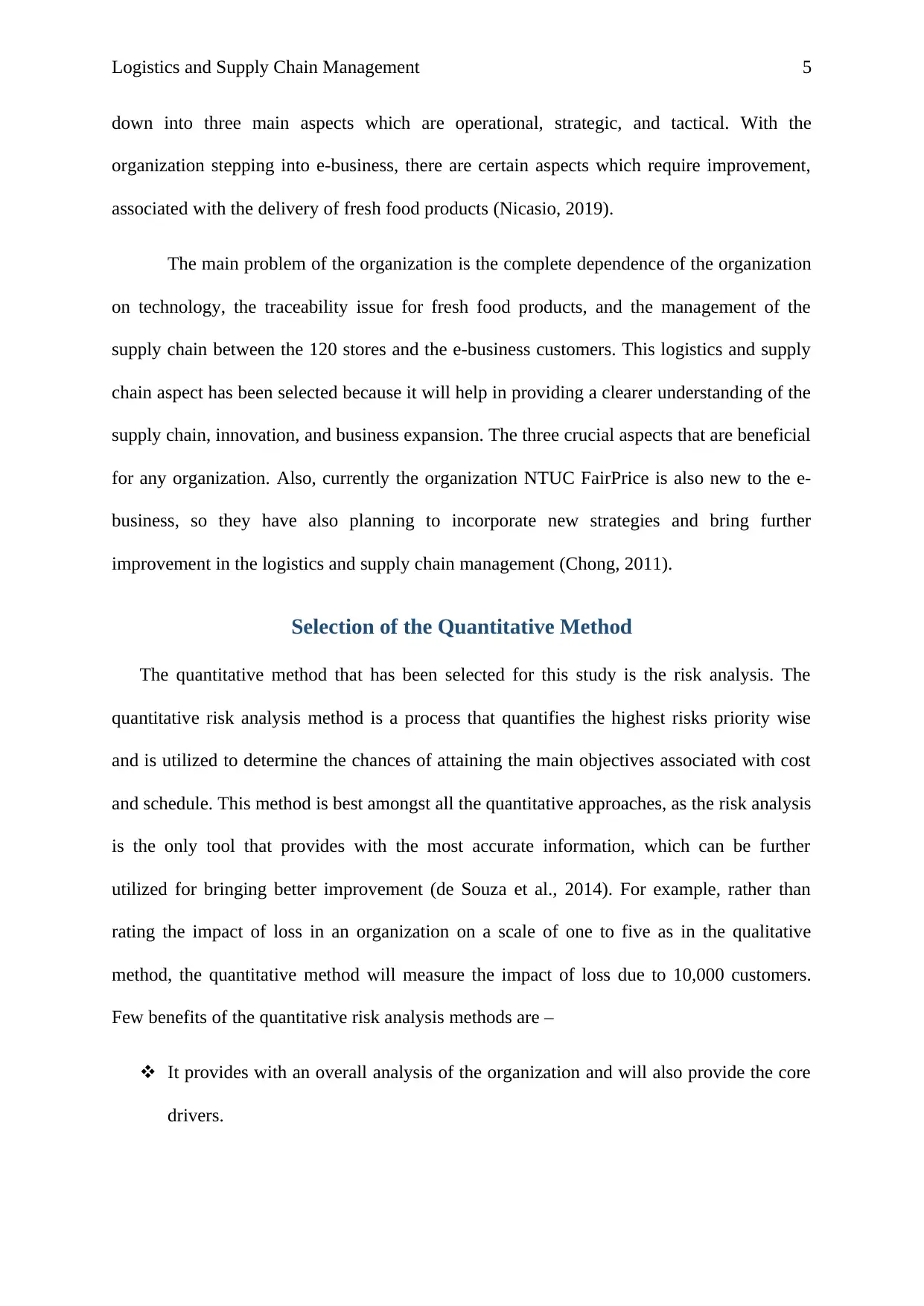
Logistics and Supply Chain Management 5
down into three main aspects which are operational, strategic, and tactical. With the
organization stepping into e-business, there are certain aspects which require improvement,
associated with the delivery of fresh food products (Nicasio, 2019).
The main problem of the organization is the complete dependence of the organization
on technology, the traceability issue for fresh food products, and the management of the
supply chain between the 120 stores and the e-business customers. This logistics and supply
chain aspect has been selected because it will help in providing a clearer understanding of the
supply chain, innovation, and business expansion. The three crucial aspects that are beneficial
for any organization. Also, currently the organization NTUC FairPrice is also new to the e-
business, so they have also planning to incorporate new strategies and bring further
improvement in the logistics and supply chain management (Chong, 2011).
Selection of the Quantitative Method
The quantitative method that has been selected for this study is the risk analysis. The
quantitative risk analysis method is a process that quantifies the highest risks priority wise
and is utilized to determine the chances of attaining the main objectives associated with cost
and schedule. This method is best amongst all the quantitative approaches, as the risk analysis
is the only tool that provides with the most accurate information, which can be further
utilized for bringing better improvement (de Souza et al., 2014). For example, rather than
rating the impact of loss in an organization on a scale of one to five as in the qualitative
method, the quantitative method will measure the impact of loss due to 10,000 customers.
Few benefits of the quantitative risk analysis methods are –
It provides with an overall analysis of the organization and will also provide the core
drivers.
down into three main aspects which are operational, strategic, and tactical. With the
organization stepping into e-business, there are certain aspects which require improvement,
associated with the delivery of fresh food products (Nicasio, 2019).
The main problem of the organization is the complete dependence of the organization
on technology, the traceability issue for fresh food products, and the management of the
supply chain between the 120 stores and the e-business customers. This logistics and supply
chain aspect has been selected because it will help in providing a clearer understanding of the
supply chain, innovation, and business expansion. The three crucial aspects that are beneficial
for any organization. Also, currently the organization NTUC FairPrice is also new to the e-
business, so they have also planning to incorporate new strategies and bring further
improvement in the logistics and supply chain management (Chong, 2011).
Selection of the Quantitative Method
The quantitative method that has been selected for this study is the risk analysis. The
quantitative risk analysis method is a process that quantifies the highest risks priority wise
and is utilized to determine the chances of attaining the main objectives associated with cost
and schedule. This method is best amongst all the quantitative approaches, as the risk analysis
is the only tool that provides with the most accurate information, which can be further
utilized for bringing better improvement (de Souza et al., 2014). For example, rather than
rating the impact of loss in an organization on a scale of one to five as in the qualitative
method, the quantitative method will measure the impact of loss due to 10,000 customers.
Few benefits of the quantitative risk analysis methods are –
It provides with an overall analysis of the organization and will also provide the core
drivers.
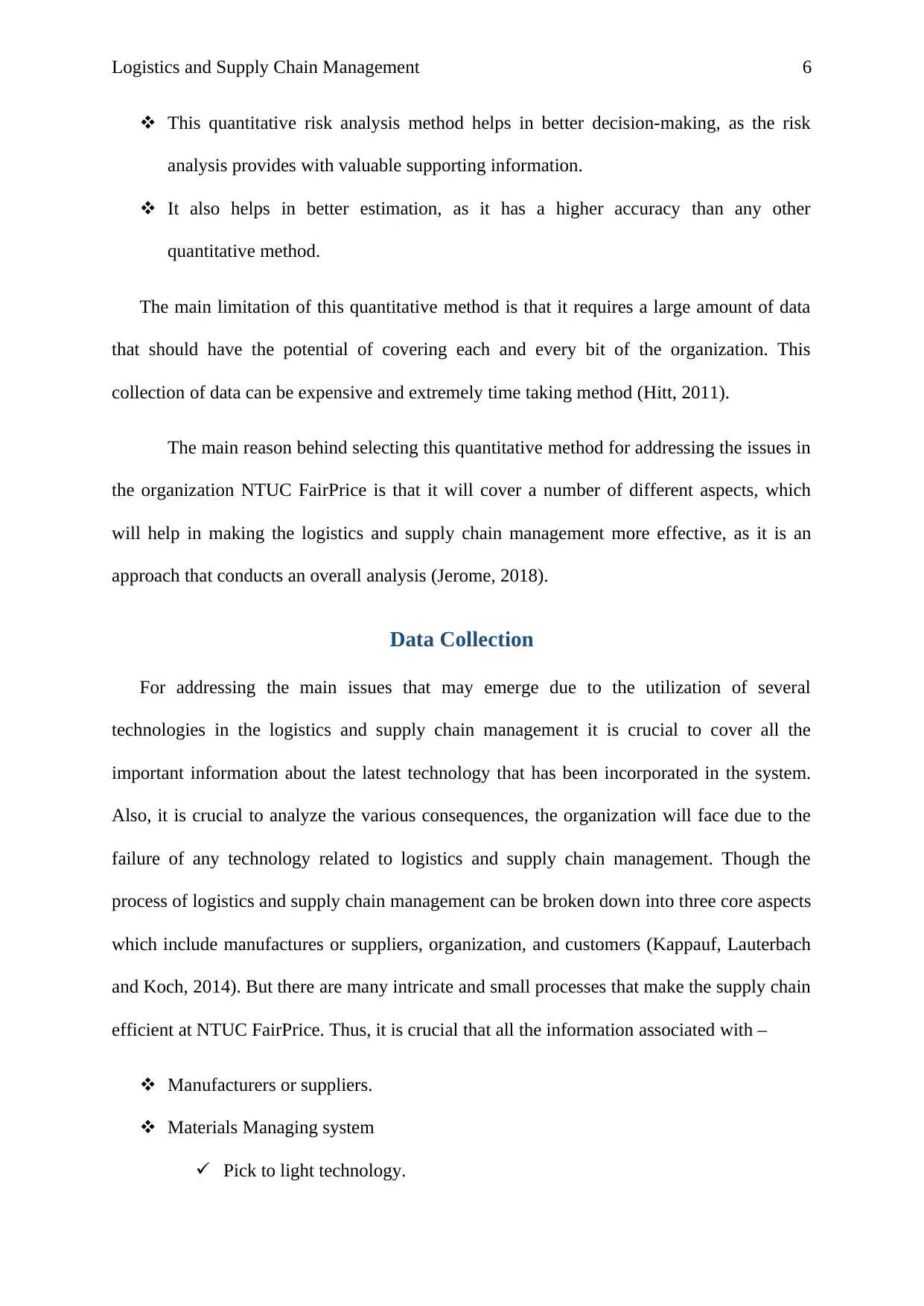
Logistics and Supply Chain Management 6
This quantitative risk analysis method helps in better decision-making, as the risk
analysis provides with valuable supporting information.
It also helps in better estimation, as it has a higher accuracy than any other
quantitative method.
The main limitation of this quantitative method is that it requires a large amount of data
that should have the potential of covering each and every bit of the organization. This
collection of data can be expensive and extremely time taking method (Hitt, 2011).
The main reason behind selecting this quantitative method for addressing the issues in
the organization NTUC FairPrice is that it will cover a number of different aspects, which
will help in making the logistics and supply chain management more effective, as it is an
approach that conducts an overall analysis (Jerome, 2018).
Data Collection
For addressing the main issues that may emerge due to the utilization of several
technologies in the logistics and supply chain management it is crucial to cover all the
important information about the latest technology that has been incorporated in the system.
Also, it is crucial to analyze the various consequences, the organization will face due to the
failure of any technology related to logistics and supply chain management. Though the
process of logistics and supply chain management can be broken down into three core aspects
which include manufactures or suppliers, organization, and customers (Kappauf, Lauterbach
and Koch, 2014). But there are many intricate and small processes that make the supply chain
efficient at NTUC FairPrice. Thus, it is crucial that all the information associated with –
Manufacturers or suppliers.
Materials Managing system
Pick to light technology.
This quantitative risk analysis method helps in better decision-making, as the risk
analysis provides with valuable supporting information.
It also helps in better estimation, as it has a higher accuracy than any other
quantitative method.
The main limitation of this quantitative method is that it requires a large amount of data
that should have the potential of covering each and every bit of the organization. This
collection of data can be expensive and extremely time taking method (Hitt, 2011).
The main reason behind selecting this quantitative method for addressing the issues in
the organization NTUC FairPrice is that it will cover a number of different aspects, which
will help in making the logistics and supply chain management more effective, as it is an
approach that conducts an overall analysis (Jerome, 2018).
Data Collection
For addressing the main issues that may emerge due to the utilization of several
technologies in the logistics and supply chain management it is crucial to cover all the
important information about the latest technology that has been incorporated in the system.
Also, it is crucial to analyze the various consequences, the organization will face due to the
failure of any technology related to logistics and supply chain management. Though the
process of logistics and supply chain management can be broken down into three core aspects
which include manufactures or suppliers, organization, and customers (Kappauf, Lauterbach
and Koch, 2014). But there are many intricate and small processes that make the supply chain
efficient at NTUC FairPrice. Thus, it is crucial that all the information associated with –
Manufacturers or suppliers.
Materials Managing system
Pick to light technology.
Paraphrase This Document
Need a fresh take? Get an instant paraphrase of this document with our AI Paraphraser
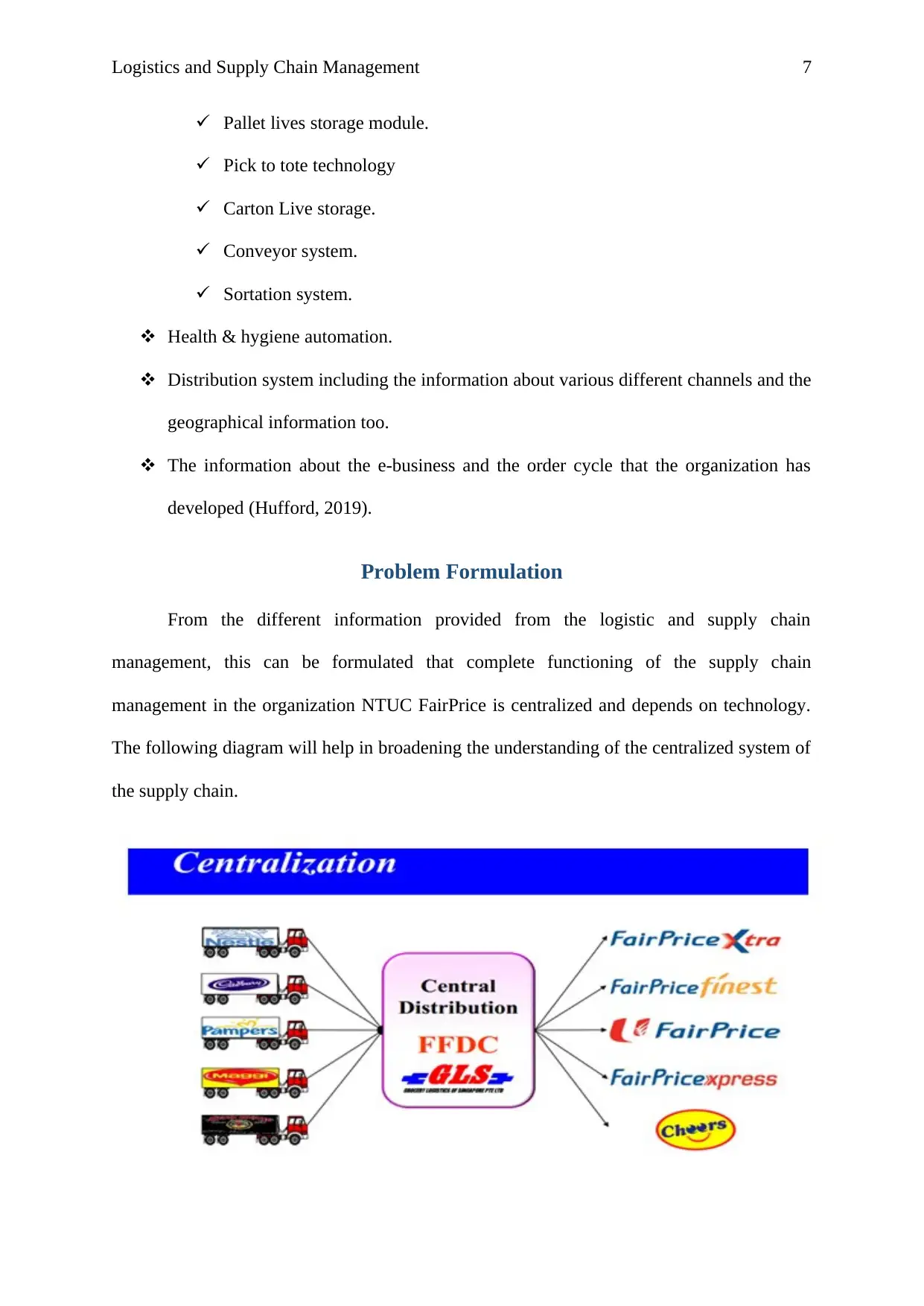
Logistics and Supply Chain Management 7
Pallet lives storage module.
Pick to tote technology
Carton Live storage.
Conveyor system.
Sortation system.
Health & hygiene automation.
Distribution system including the information about various different channels and the
geographical information too.
The information about the e-business and the order cycle that the organization has
developed (Hufford, 2019).
Problem Formulation
From the different information provided from the logistic and supply chain
management, this can be formulated that complete functioning of the supply chain
management in the organization NTUC FairPrice is centralized and depends on technology.
The following diagram will help in broadening the understanding of the centralized system of
the supply chain.
Pallet lives storage module.
Pick to tote technology
Carton Live storage.
Conveyor system.
Sortation system.
Health & hygiene automation.
Distribution system including the information about various different channels and the
geographical information too.
The information about the e-business and the order cycle that the organization has
developed (Hufford, 2019).
Problem Formulation
From the different information provided from the logistic and supply chain
management, this can be formulated that complete functioning of the supply chain
management in the organization NTUC FairPrice is centralized and depends on technology.
The following diagram will help in broadening the understanding of the centralized system of
the supply chain.
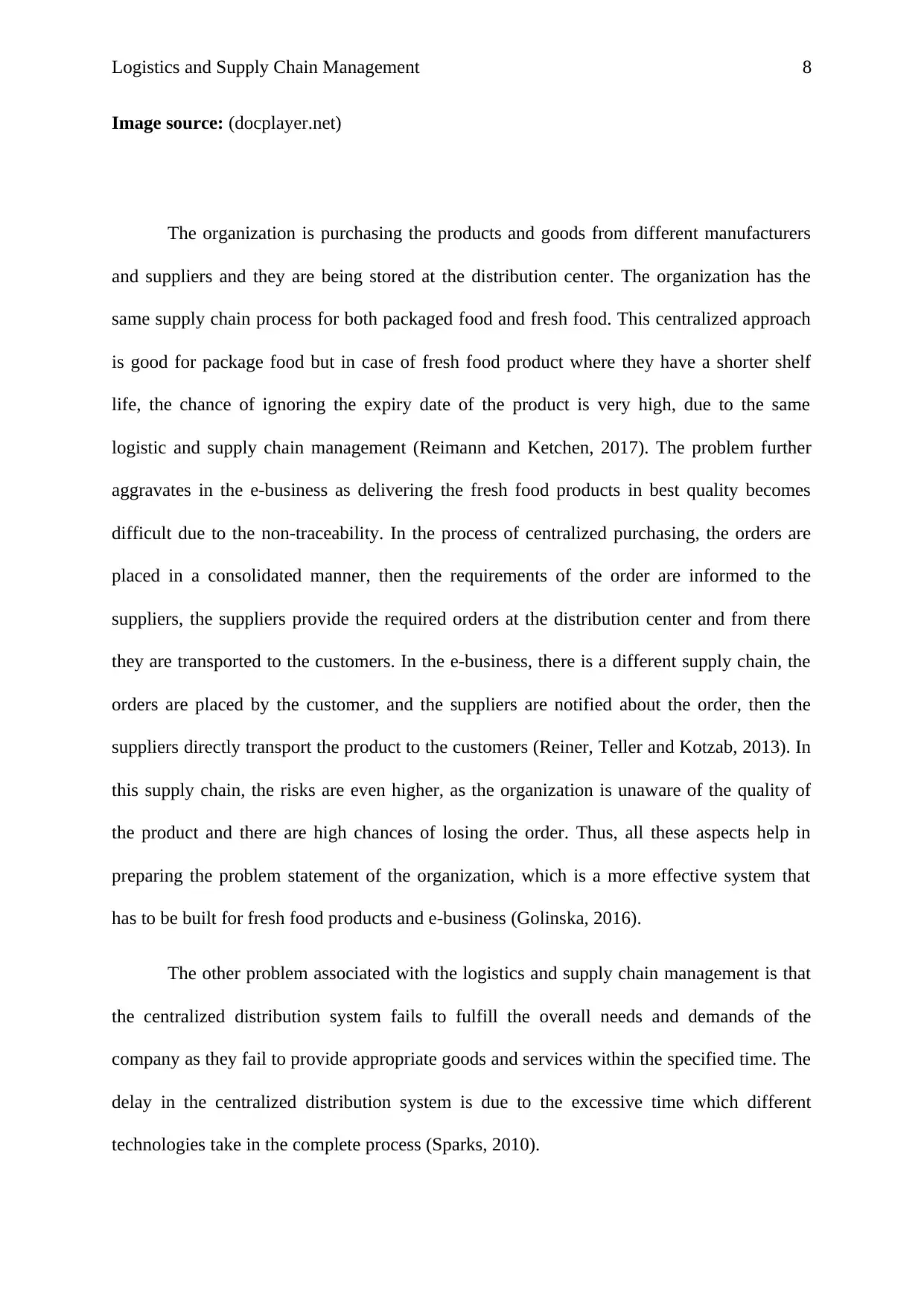
Logistics and Supply Chain Management 8
Image source: (docplayer.net)
The organization is purchasing the products and goods from different manufacturers
and suppliers and they are being stored at the distribution center. The organization has the
same supply chain process for both packaged food and fresh food. This centralized approach
is good for package food but in case of fresh food product where they have a shorter shelf
life, the chance of ignoring the expiry date of the product is very high, due to the same
logistic and supply chain management (Reimann and Ketchen, 2017). The problem further
aggravates in the e-business as delivering the fresh food products in best quality becomes
difficult due to the non-traceability. In the process of centralized purchasing, the orders are
placed in a consolidated manner, then the requirements of the order are informed to the
suppliers, the suppliers provide the required orders at the distribution center and from there
they are transported to the customers. In the e-business, there is a different supply chain, the
orders are placed by the customer, and the suppliers are notified about the order, then the
suppliers directly transport the product to the customers (Reiner, Teller and Kotzab, 2013). In
this supply chain, the risks are even higher, as the organization is unaware of the quality of
the product and there are high chances of losing the order. Thus, all these aspects help in
preparing the problem statement of the organization, which is a more effective system that
has to be built for fresh food products and e-business (Golinska, 2016).
The other problem associated with the logistics and supply chain management is that
the centralized distribution system fails to fulfill the overall needs and demands of the
company as they fail to provide appropriate goods and services within the specified time. The
delay in the centralized distribution system is due to the excessive time which different
technologies take in the complete process (Sparks, 2010).
Image source: (docplayer.net)
The organization is purchasing the products and goods from different manufacturers
and suppliers and they are being stored at the distribution center. The organization has the
same supply chain process for both packaged food and fresh food. This centralized approach
is good for package food but in case of fresh food product where they have a shorter shelf
life, the chance of ignoring the expiry date of the product is very high, due to the same
logistic and supply chain management (Reimann and Ketchen, 2017). The problem further
aggravates in the e-business as delivering the fresh food products in best quality becomes
difficult due to the non-traceability. In the process of centralized purchasing, the orders are
placed in a consolidated manner, then the requirements of the order are informed to the
suppliers, the suppliers provide the required orders at the distribution center and from there
they are transported to the customers. In the e-business, there is a different supply chain, the
orders are placed by the customer, and the suppliers are notified about the order, then the
suppliers directly transport the product to the customers (Reiner, Teller and Kotzab, 2013). In
this supply chain, the risks are even higher, as the organization is unaware of the quality of
the product and there are high chances of losing the order. Thus, all these aspects help in
preparing the problem statement of the organization, which is a more effective system that
has to be built for fresh food products and e-business (Golinska, 2016).
The other problem associated with the logistics and supply chain management is that
the centralized distribution system fails to fulfill the overall needs and demands of the
company as they fail to provide appropriate goods and services within the specified time. The
delay in the centralized distribution system is due to the excessive time which different
technologies take in the complete process (Sparks, 2010).
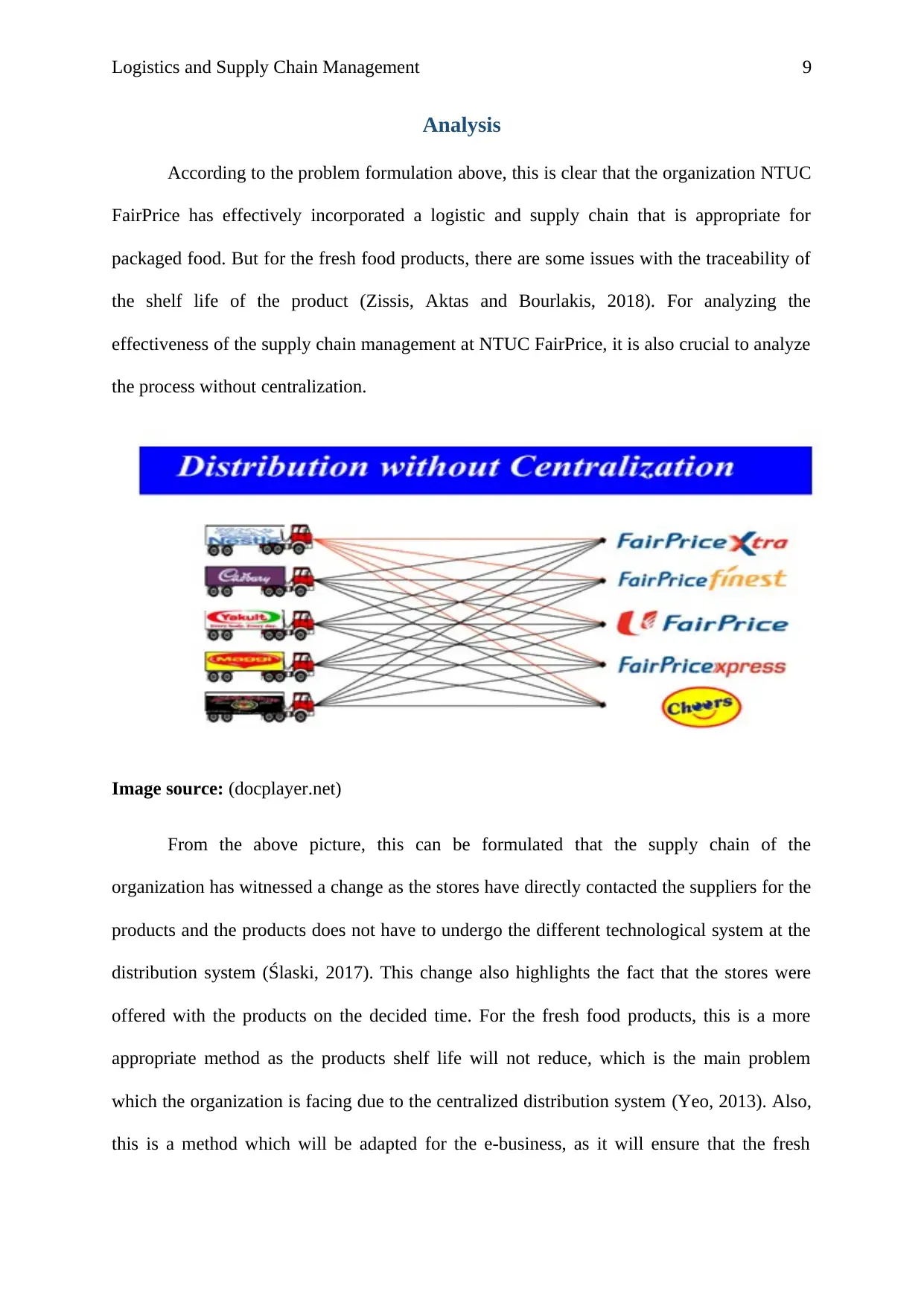
Logistics and Supply Chain Management 9
Analysis
According to the problem formulation above, this is clear that the organization NTUC
FairPrice has effectively incorporated a logistic and supply chain that is appropriate for
packaged food. But for the fresh food products, there are some issues with the traceability of
the shelf life of the product (Zissis, Aktas and Bourlakis, 2018). For analyzing the
effectiveness of the supply chain management at NTUC FairPrice, it is also crucial to analyze
the process without centralization.
Image source: (docplayer.net)
From the above picture, this can be formulated that the supply chain of the
organization has witnessed a change as the stores have directly contacted the suppliers for the
products and the products does not have to undergo the different technological system at the
distribution system (Ślaski, 2017). This change also highlights the fact that the stores were
offered with the products on the decided time. For the fresh food products, this is a more
appropriate method as the products shelf life will not reduce, which is the main problem
which the organization is facing due to the centralized distribution system (Yeo, 2013). Also,
this is a method which will be adapted for the e-business, as it will ensure that the fresh
Analysis
According to the problem formulation above, this is clear that the organization NTUC
FairPrice has effectively incorporated a logistic and supply chain that is appropriate for
packaged food. But for the fresh food products, there are some issues with the traceability of
the shelf life of the product (Zissis, Aktas and Bourlakis, 2018). For analyzing the
effectiveness of the supply chain management at NTUC FairPrice, it is also crucial to analyze
the process without centralization.
Image source: (docplayer.net)
From the above picture, this can be formulated that the supply chain of the
organization has witnessed a change as the stores have directly contacted the suppliers for the
products and the products does not have to undergo the different technological system at the
distribution system (Ślaski, 2017). This change also highlights the fact that the stores were
offered with the products on the decided time. For the fresh food products, this is a more
appropriate method as the products shelf life will not reduce, which is the main problem
which the organization is facing due to the centralized distribution system (Yeo, 2013). Also,
this is a method which will be adapted for the e-business, as it will ensure that the fresh
Secure Best Marks with AI Grader
Need help grading? Try our AI Grader for instant feedback on your assignments.

Logistics and Supply Chain Management 10
products are delivered in the best quality. In the centralized distribution method, the various
system takes a long time in distributing the products, which is good for the packaged products
which have a longer shelf life. But with the fresh food products, the chances of an
organization to suffer losses id higher, also delivering a bad quality product to the customer
result in an unhappy customer (Askham, 2014).
The fact that logistics and supply chain management also involves the long storage of
products in the warehouses. For the packaged products, this activity is appropriate but for the
fresh products, there is a high chance that the product will become unusable due to this
activity. The e-business has been commenced by the organization to expand in the market,
but if the organization will continue with the centralized distribution method then the chances
of experiencing loss of customers for the organization are very high (Dunning, 2016).
According to the risk analysis method, these are some of the core risk drivers that can
affect the organization functioning and the image in the market. According to the tree
diagram –
products are delivered in the best quality. In the centralized distribution method, the various
system takes a long time in distributing the products, which is good for the packaged products
which have a longer shelf life. But with the fresh food products, the chances of an
organization to suffer losses id higher, also delivering a bad quality product to the customer
result in an unhappy customer (Askham, 2014).
The fact that logistics and supply chain management also involves the long storage of
products in the warehouses. For the packaged products, this activity is appropriate but for the
fresh products, there is a high chance that the product will become unusable due to this
activity. The e-business has been commenced by the organization to expand in the market,
but if the organization will continue with the centralized distribution method then the chances
of experiencing loss of customers for the organization are very high (Dunning, 2016).
According to the risk analysis method, these are some of the core risk drivers that can
affect the organization functioning and the image in the market. According to the tree
diagram –
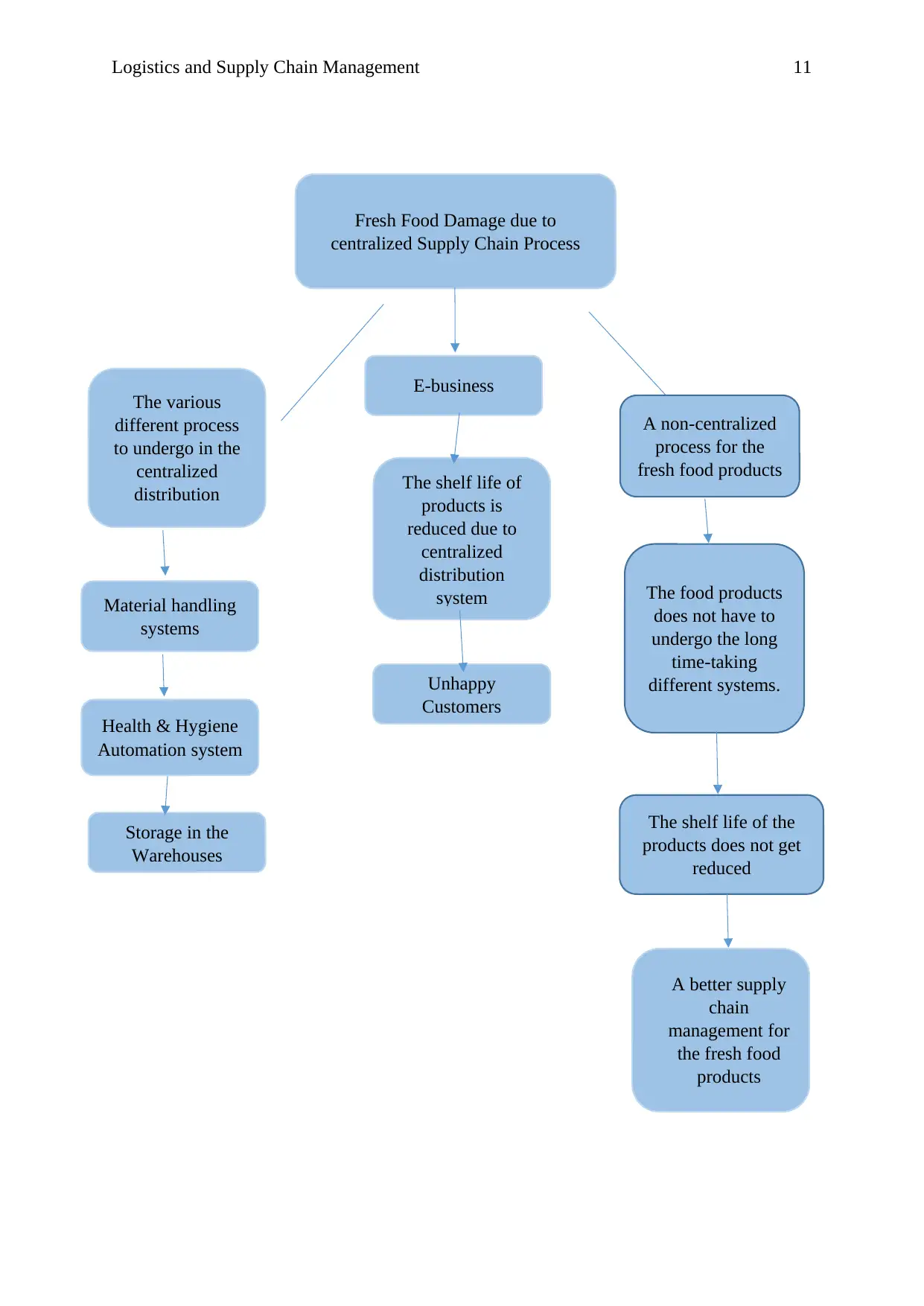
Logistics and Supply Chain Management 11
Fresh Food Damage due to
centralized Supply Chain Process
Health & Hygiene
Automation system
Material handling
systems
The various
different process
to undergo in the
centralized
distribution
E-business
Storage in the
Warehouses
A better supply
chain
management for
the fresh food
products
Unhappy
Customers
The shelf life of
products is
reduced due to
centralized
distribution
system
A non-centralized
process for the
fresh food products
The food products
does not have to
undergo the long
time-taking
different systems.
The shelf life of the
products does not get
reduced
Fresh Food Damage due to
centralized Supply Chain Process
Health & Hygiene
Automation system
Material handling
systems
The various
different process
to undergo in the
centralized
distribution
E-business
Storage in the
Warehouses
A better supply
chain
management for
the fresh food
products
Unhappy
Customers
The shelf life of
products is
reduced due to
centralized
distribution
system
A non-centralized
process for the
fresh food products
The food products
does not have to
undergo the long
time-taking
different systems.
The shelf life of the
products does not get
reduced
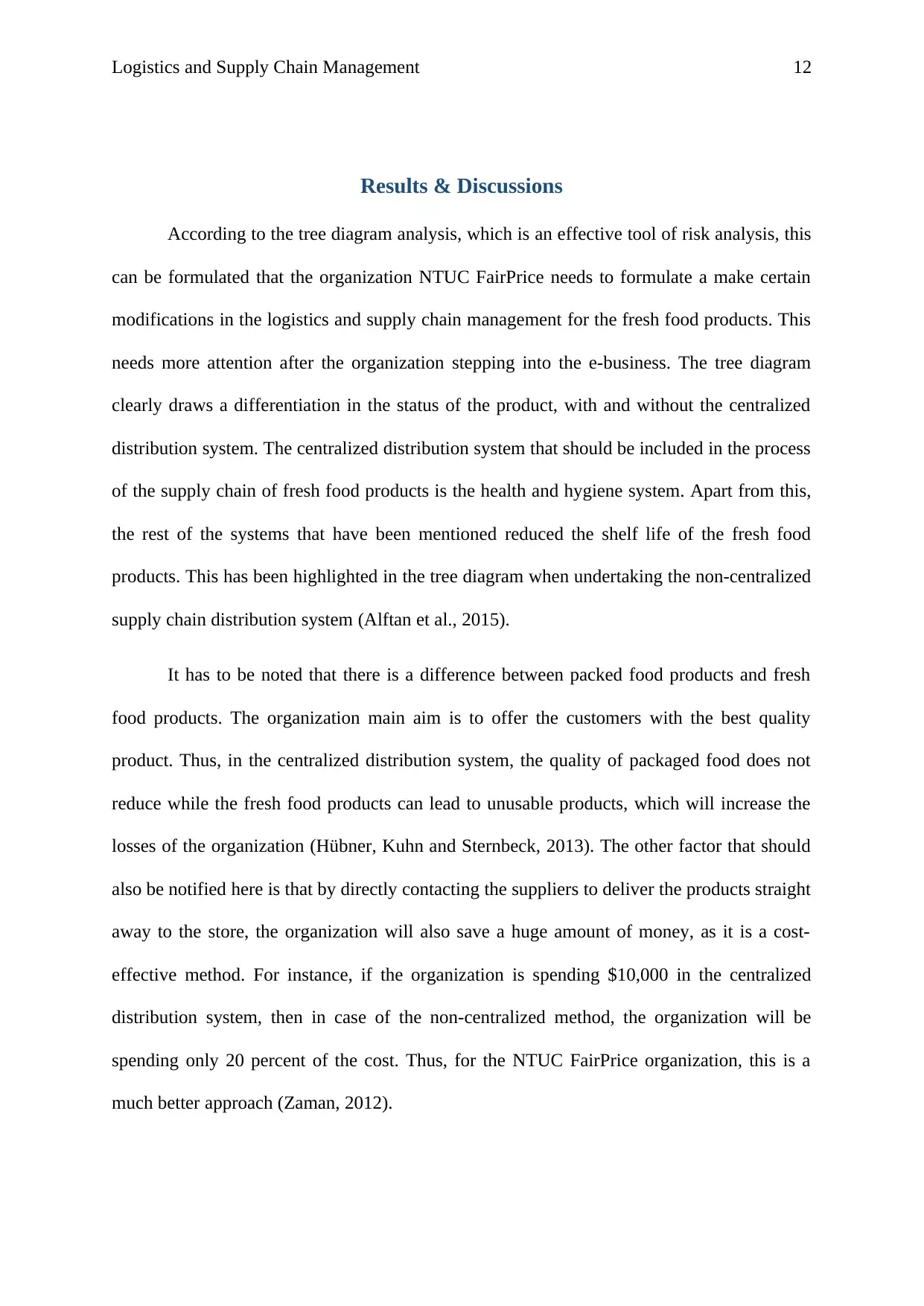
Logistics and Supply Chain Management 12
Results & Discussions
According to the tree diagram analysis, which is an effective tool of risk analysis, this
can be formulated that the organization NTUC FairPrice needs to formulate a make certain
modifications in the logistics and supply chain management for the fresh food products. This
needs more attention after the organization stepping into the e-business. The tree diagram
clearly draws a differentiation in the status of the product, with and without the centralized
distribution system. The centralized distribution system that should be included in the process
of the supply chain of fresh food products is the health and hygiene system. Apart from this,
the rest of the systems that have been mentioned reduced the shelf life of the fresh food
products. This has been highlighted in the tree diagram when undertaking the non-centralized
supply chain distribution system (Alftan et al., 2015).
It has to be noted that there is a difference between packed food products and fresh
food products. The organization main aim is to offer the customers with the best quality
product. Thus, in the centralized distribution system, the quality of packaged food does not
reduce while the fresh food products can lead to unusable products, which will increase the
losses of the organization (Hübner, Kuhn and Sternbeck, 2013). The other factor that should
also be notified here is that by directly contacting the suppliers to deliver the products straight
away to the store, the organization will also save a huge amount of money, as it is a cost-
effective method. For instance, if the organization is spending $10,000 in the centralized
distribution system, then in case of the non-centralized method, the organization will be
spending only 20 percent of the cost. Thus, for the NTUC FairPrice organization, this is a
much better approach (Zaman, 2012).
Results & Discussions
According to the tree diagram analysis, which is an effective tool of risk analysis, this
can be formulated that the organization NTUC FairPrice needs to formulate a make certain
modifications in the logistics and supply chain management for the fresh food products. This
needs more attention after the organization stepping into the e-business. The tree diagram
clearly draws a differentiation in the status of the product, with and without the centralized
distribution system. The centralized distribution system that should be included in the process
of the supply chain of fresh food products is the health and hygiene system. Apart from this,
the rest of the systems that have been mentioned reduced the shelf life of the fresh food
products. This has been highlighted in the tree diagram when undertaking the non-centralized
supply chain distribution system (Alftan et al., 2015).
It has to be noted that there is a difference between packed food products and fresh
food products. The organization main aim is to offer the customers with the best quality
product. Thus, in the centralized distribution system, the quality of packaged food does not
reduce while the fresh food products can lead to unusable products, which will increase the
losses of the organization (Hübner, Kuhn and Sternbeck, 2013). The other factor that should
also be notified here is that by directly contacting the suppliers to deliver the products straight
away to the store, the organization will also save a huge amount of money, as it is a cost-
effective method. For instance, if the organization is spending $10,000 in the centralized
distribution system, then in case of the non-centralized method, the organization will be
spending only 20 percent of the cost. Thus, for the NTUC FairPrice organization, this is a
much better approach (Zaman, 2012).
Paraphrase This Document
Need a fresh take? Get an instant paraphrase of this document with our AI Paraphraser
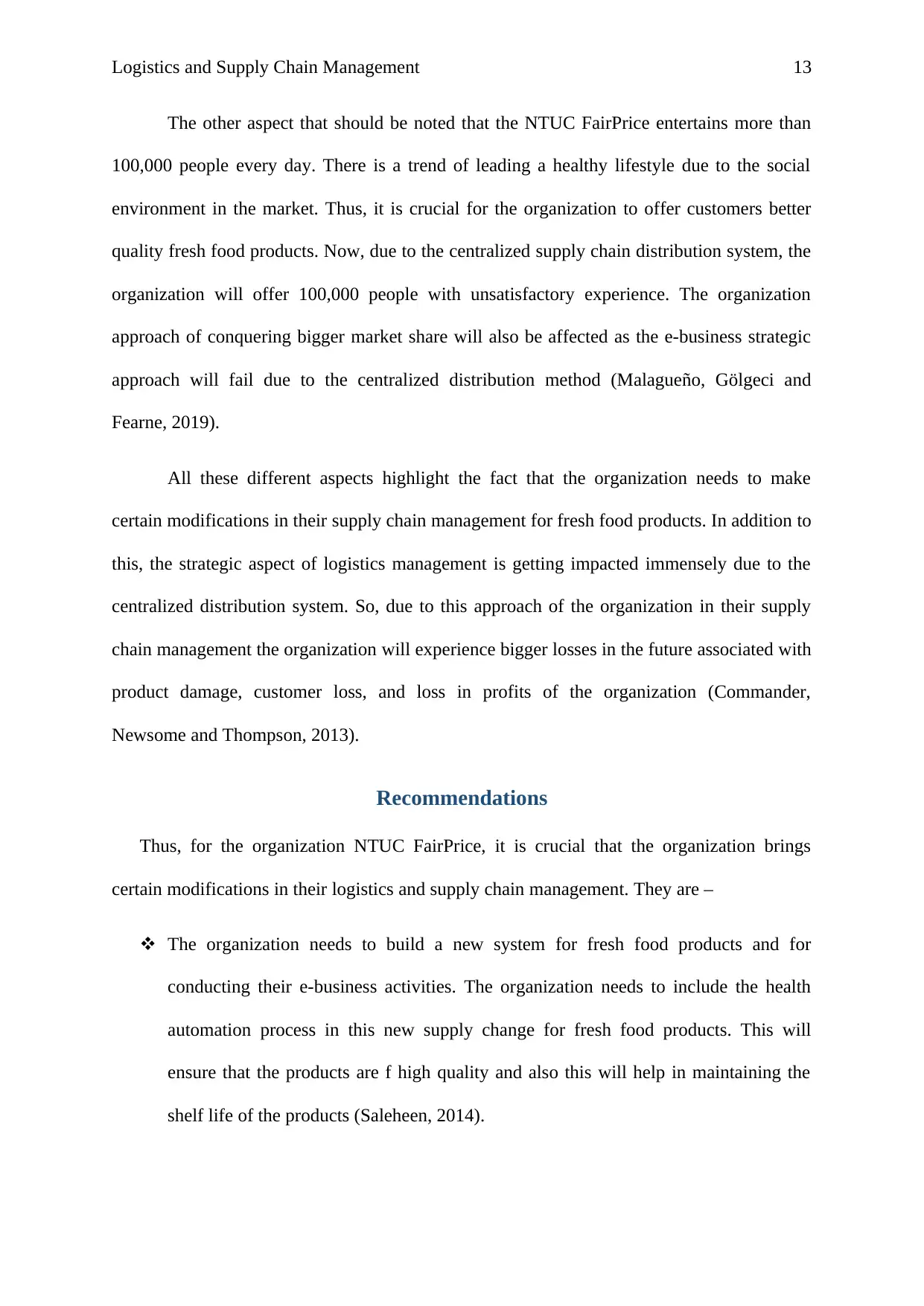
Logistics and Supply Chain Management 13
The other aspect that should be noted that the NTUC FairPrice entertains more than
100,000 people every day. There is a trend of leading a healthy lifestyle due to the social
environment in the market. Thus, it is crucial for the organization to offer customers better
quality fresh food products. Now, due to the centralized supply chain distribution system, the
organization will offer 100,000 people with unsatisfactory experience. The organization
approach of conquering bigger market share will also be affected as the e-business strategic
approach will fail due to the centralized distribution method (Malagueño, Gölgeci and
Fearne, 2019).
All these different aspects highlight the fact that the organization needs to make
certain modifications in their supply chain management for fresh food products. In addition to
this, the strategic aspect of logistics management is getting impacted immensely due to the
centralized distribution system. So, due to this approach of the organization in their supply
chain management the organization will experience bigger losses in the future associated with
product damage, customer loss, and loss in profits of the organization (Commander,
Newsome and Thompson, 2013).
Recommendations
Thus, for the organization NTUC FairPrice, it is crucial that the organization brings
certain modifications in their logistics and supply chain management. They are –
The organization needs to build a new system for fresh food products and for
conducting their e-business activities. The organization needs to include the health
automation process in this new supply change for fresh food products. This will
ensure that the products are f high quality and also this will help in maintaining the
shelf life of the products (Saleheen, 2014).
The other aspect that should be noted that the NTUC FairPrice entertains more than
100,000 people every day. There is a trend of leading a healthy lifestyle due to the social
environment in the market. Thus, it is crucial for the organization to offer customers better
quality fresh food products. Now, due to the centralized supply chain distribution system, the
organization will offer 100,000 people with unsatisfactory experience. The organization
approach of conquering bigger market share will also be affected as the e-business strategic
approach will fail due to the centralized distribution method (Malagueño, Gölgeci and
Fearne, 2019).
All these different aspects highlight the fact that the organization needs to make
certain modifications in their supply chain management for fresh food products. In addition to
this, the strategic aspect of logistics management is getting impacted immensely due to the
centralized distribution system. So, due to this approach of the organization in their supply
chain management the organization will experience bigger losses in the future associated with
product damage, customer loss, and loss in profits of the organization (Commander,
Newsome and Thompson, 2013).
Recommendations
Thus, for the organization NTUC FairPrice, it is crucial that the organization brings
certain modifications in their logistics and supply chain management. They are –
The organization needs to build a new system for fresh food products and for
conducting their e-business activities. The organization needs to include the health
automation process in this new supply change for fresh food products. This will
ensure that the products are f high quality and also this will help in maintaining the
shelf life of the products (Saleheen, 2014).
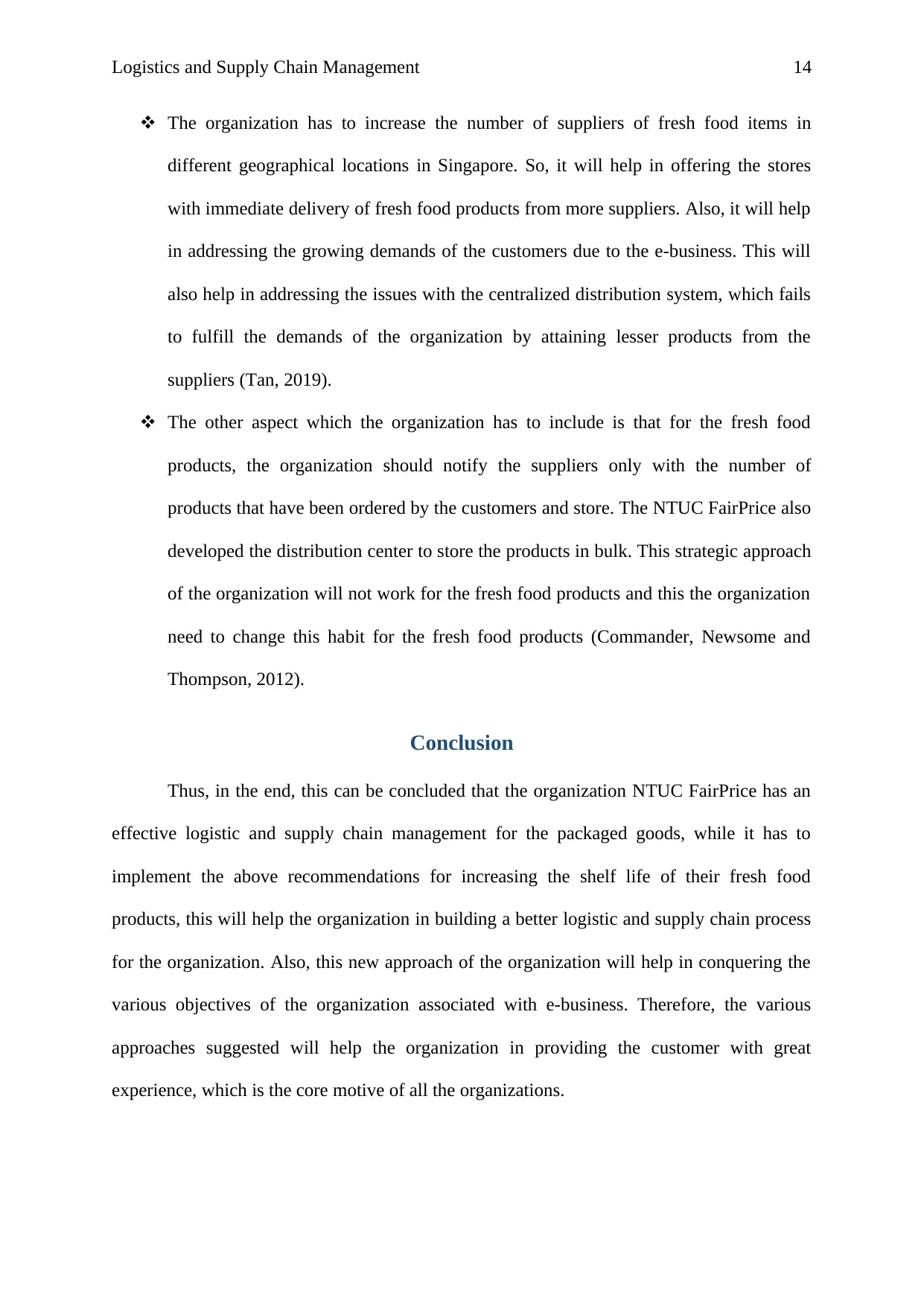
Logistics and Supply Chain Management 14
The organization has to increase the number of suppliers of fresh food items in
different geographical locations in Singapore. So, it will help in offering the stores
with immediate delivery of fresh food products from more suppliers. Also, it will help
in addressing the growing demands of the customers due to the e-business. This will
also help in addressing the issues with the centralized distribution system, which fails
to fulfill the demands of the organization by attaining lesser products from the
suppliers (Tan, 2019).
The other aspect which the organization has to include is that for the fresh food
products, the organization should notify the suppliers only with the number of
products that have been ordered by the customers and store. The NTUC FairPrice also
developed the distribution center to store the products in bulk. This strategic approach
of the organization will not work for the fresh food products and this the organization
need to change this habit for the fresh food products (Commander, Newsome and
Thompson, 2012).
Conclusion
Thus, in the end, this can be concluded that the organization NTUC FairPrice has an
effective logistic and supply chain management for the packaged goods, while it has to
implement the above recommendations for increasing the shelf life of their fresh food
products, this will help the organization in building a better logistic and supply chain process
for the organization. Also, this new approach of the organization will help in conquering the
various objectives of the organization associated with e-business. Therefore, the various
approaches suggested will help the organization in providing the customer with great
experience, which is the core motive of all the organizations.
The organization has to increase the number of suppliers of fresh food items in
different geographical locations in Singapore. So, it will help in offering the stores
with immediate delivery of fresh food products from more suppliers. Also, it will help
in addressing the growing demands of the customers due to the e-business. This will
also help in addressing the issues with the centralized distribution system, which fails
to fulfill the demands of the organization by attaining lesser products from the
suppliers (Tan, 2019).
The other aspect which the organization has to include is that for the fresh food
products, the organization should notify the suppliers only with the number of
products that have been ordered by the customers and store. The NTUC FairPrice also
developed the distribution center to store the products in bulk. This strategic approach
of the organization will not work for the fresh food products and this the organization
need to change this habit for the fresh food products (Commander, Newsome and
Thompson, 2012).
Conclusion
Thus, in the end, this can be concluded that the organization NTUC FairPrice has an
effective logistic and supply chain management for the packaged goods, while it has to
implement the above recommendations for increasing the shelf life of their fresh food
products, this will help the organization in building a better logistic and supply chain process
for the organization. Also, this new approach of the organization will help in conquering the
various objectives of the organization associated with e-business. Therefore, the various
approaches suggested will help the organization in providing the customer with great
experience, which is the core motive of all the organizations.
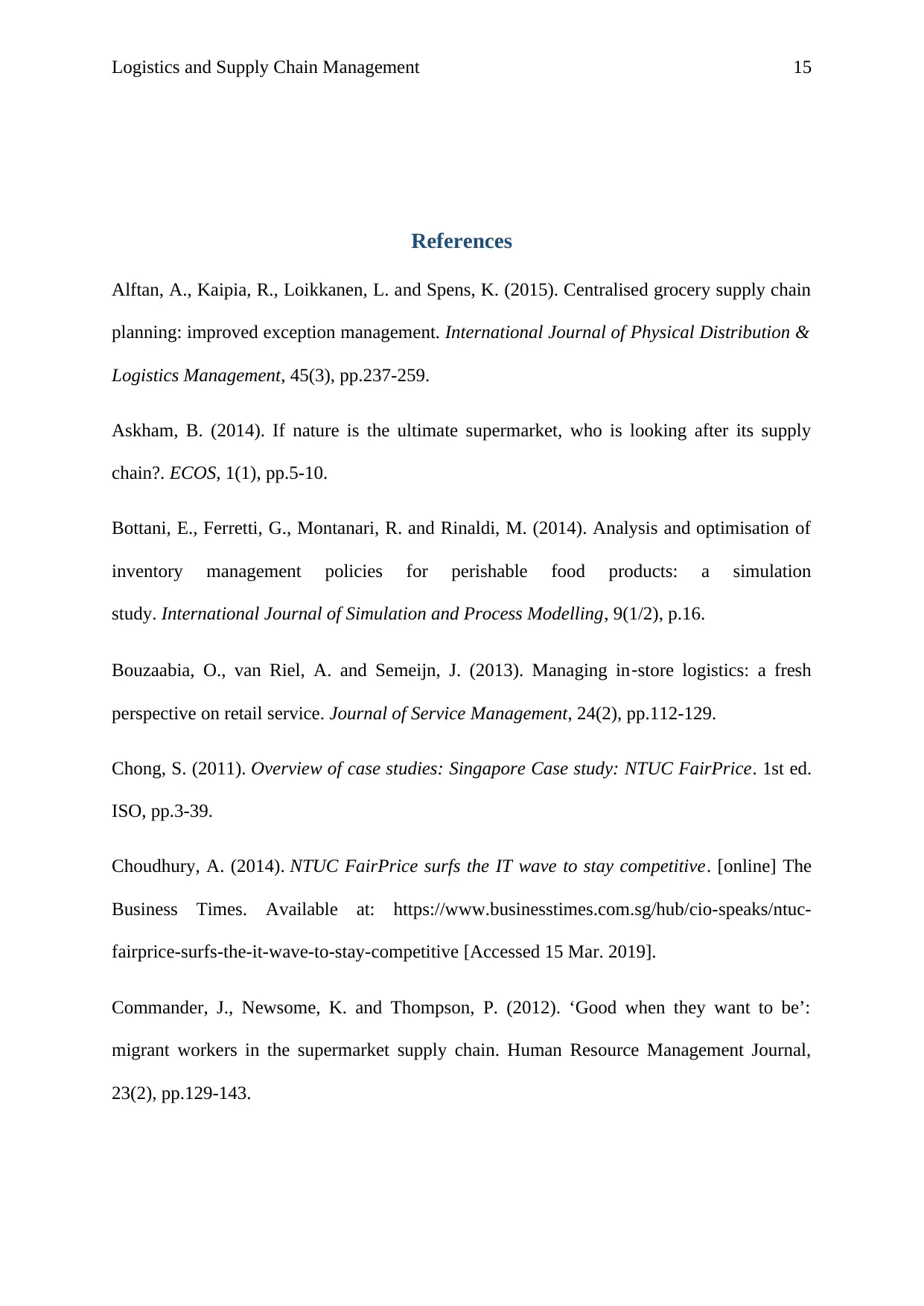
Logistics and Supply Chain Management 15
References
Alftan, A., Kaipia, R., Loikkanen, L. and Spens, K. (2015). Centralised grocery supply chain
planning: improved exception management. International Journal of Physical Distribution &
Logistics Management, 45(3), pp.237-259.
Askham, B. (2014). If nature is the ultimate supermarket, who is looking after its supply
chain?. ECOS, 1(1), pp.5-10.
Bottani, E., Ferretti, G., Montanari, R. and Rinaldi, M. (2014). Analysis and optimisation of
inventory management policies for perishable food products: a simulation
study. International Journal of Simulation and Process Modelling, 9(1/2), p.16.
Bouzaabia, O., van Riel, A. and Semeijn, J. (2013). Managing in‐store logistics: a fresh
perspective on retail service. Journal of Service Management, 24(2), pp.112-129.
Chong, S. (2011). Overview of case studies: Singapore Case study: NTUC FairPrice. 1st ed.
ISO, pp.3-39.
Choudhury, A. (2014). NTUC FairPrice surfs the IT wave to stay competitive. [online] The
Business Times. Available at: https://www.businesstimes.com.sg/hub/cio-speaks/ntuc-
fairprice-surfs-the-it-wave-to-stay-competitive [Accessed 15 Mar. 2019].
Commander, J., Newsome, K. and Thompson, P. (2012). ‘Good when they want to be’:
migrant workers in the supermarket supply chain. Human Resource Management Journal,
23(2), pp.129-143.
References
Alftan, A., Kaipia, R., Loikkanen, L. and Spens, K. (2015). Centralised grocery supply chain
planning: improved exception management. International Journal of Physical Distribution &
Logistics Management, 45(3), pp.237-259.
Askham, B. (2014). If nature is the ultimate supermarket, who is looking after its supply
chain?. ECOS, 1(1), pp.5-10.
Bottani, E., Ferretti, G., Montanari, R. and Rinaldi, M. (2014). Analysis and optimisation of
inventory management policies for perishable food products: a simulation
study. International Journal of Simulation and Process Modelling, 9(1/2), p.16.
Bouzaabia, O., van Riel, A. and Semeijn, J. (2013). Managing in‐store logistics: a fresh
perspective on retail service. Journal of Service Management, 24(2), pp.112-129.
Chong, S. (2011). Overview of case studies: Singapore Case study: NTUC FairPrice. 1st ed.
ISO, pp.3-39.
Choudhury, A. (2014). NTUC FairPrice surfs the IT wave to stay competitive. [online] The
Business Times. Available at: https://www.businesstimes.com.sg/hub/cio-speaks/ntuc-
fairprice-surfs-the-it-wave-to-stay-competitive [Accessed 15 Mar. 2019].
Commander, J., Newsome, K. and Thompson, P. (2012). ‘Good when they want to be’:
migrant workers in the supermarket supply chain. Human Resource Management Journal,
23(2), pp.129-143.
Secure Best Marks with AI Grader
Need help grading? Try our AI Grader for instant feedback on your assignments.
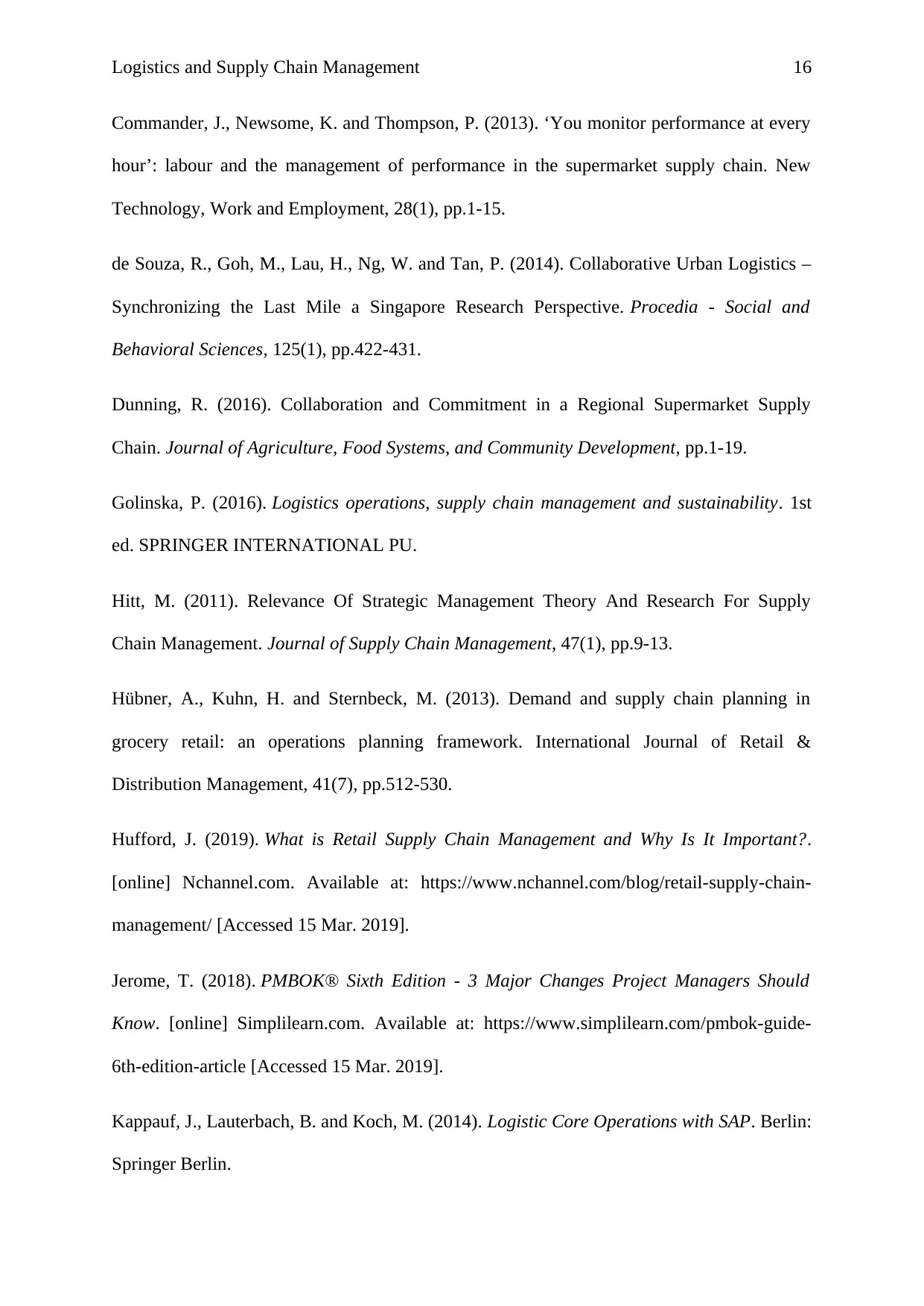
Logistics and Supply Chain Management 16
Commander, J., Newsome, K. and Thompson, P. (2013). ‘You monitor performance at every
hour’: labour and the management of performance in the supermarket supply chain. New
Technology, Work and Employment, 28(1), pp.1-15.
de Souza, R., Goh, M., Lau, H., Ng, W. and Tan, P. (2014). Collaborative Urban Logistics –
Synchronizing the Last Mile a Singapore Research Perspective. Procedia - Social and
Behavioral Sciences, 125(1), pp.422-431.
Dunning, R. (2016). Collaboration and Commitment in a Regional Supermarket Supply
Chain. Journal of Agriculture, Food Systems, and Community Development, pp.1-19.
Golinska, P. (2016). Logistics operations, supply chain management and sustainability. 1st
ed. SPRINGER INTERNATIONAL PU.
Hitt, M. (2011). Relevance Of Strategic Management Theory And Research For Supply
Chain Management. Journal of Supply Chain Management, 47(1), pp.9-13.
Hübner, A., Kuhn, H. and Sternbeck, M. (2013). Demand and supply chain planning in
grocery retail: an operations planning framework. International Journal of Retail &
Distribution Management, 41(7), pp.512-530.
Hufford, J. (2019). What is Retail Supply Chain Management and Why Is It Important?.
[online] Nchannel.com. Available at: https://www.nchannel.com/blog/retail-supply-chain-
management/ [Accessed 15 Mar. 2019].
Jerome, T. (2018). PMBOK® Sixth Edition - 3 Major Changes Project Managers Should
Know. [online] Simplilearn.com. Available at: https://www.simplilearn.com/pmbok-guide-
6th-edition-article [Accessed 15 Mar. 2019].
Kappauf, J., Lauterbach, B. and Koch, M. (2014). Logistic Core Operations with SAP. Berlin:
Springer Berlin.
Commander, J., Newsome, K. and Thompson, P. (2013). ‘You monitor performance at every
hour’: labour and the management of performance in the supermarket supply chain. New
Technology, Work and Employment, 28(1), pp.1-15.
de Souza, R., Goh, M., Lau, H., Ng, W. and Tan, P. (2014). Collaborative Urban Logistics –
Synchronizing the Last Mile a Singapore Research Perspective. Procedia - Social and
Behavioral Sciences, 125(1), pp.422-431.
Dunning, R. (2016). Collaboration and Commitment in a Regional Supermarket Supply
Chain. Journal of Agriculture, Food Systems, and Community Development, pp.1-19.
Golinska, P. (2016). Logistics operations, supply chain management and sustainability. 1st
ed. SPRINGER INTERNATIONAL PU.
Hitt, M. (2011). Relevance Of Strategic Management Theory And Research For Supply
Chain Management. Journal of Supply Chain Management, 47(1), pp.9-13.
Hübner, A., Kuhn, H. and Sternbeck, M. (2013). Demand and supply chain planning in
grocery retail: an operations planning framework. International Journal of Retail &
Distribution Management, 41(7), pp.512-530.
Hufford, J. (2019). What is Retail Supply Chain Management and Why Is It Important?.
[online] Nchannel.com. Available at: https://www.nchannel.com/blog/retail-supply-chain-
management/ [Accessed 15 Mar. 2019].
Jerome, T. (2018). PMBOK® Sixth Edition - 3 Major Changes Project Managers Should
Know. [online] Simplilearn.com. Available at: https://www.simplilearn.com/pmbok-guide-
6th-edition-article [Accessed 15 Mar. 2019].
Kappauf, J., Lauterbach, B. and Koch, M. (2014). Logistic Core Operations with SAP. Berlin:
Springer Berlin.
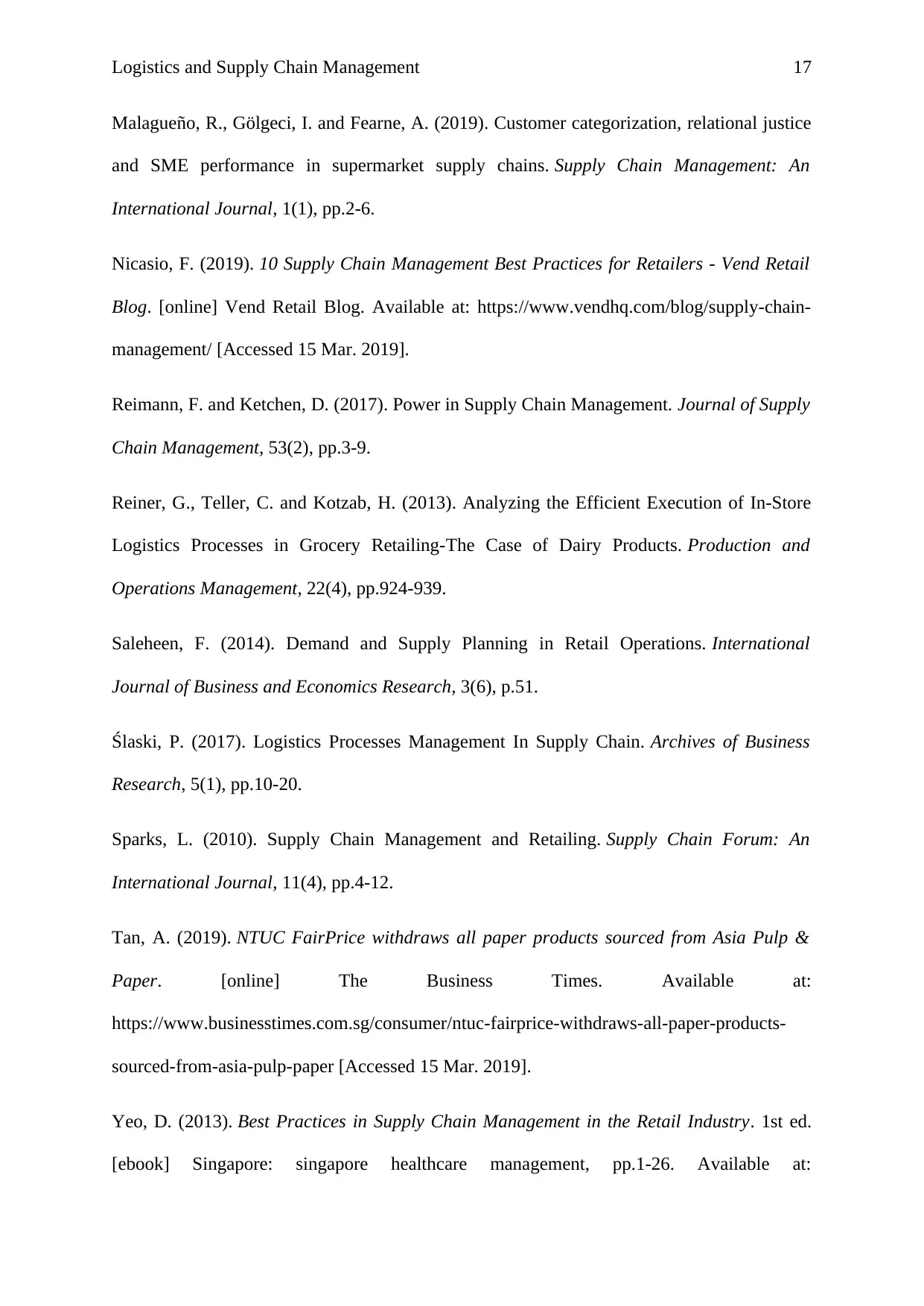
Logistics and Supply Chain Management 17
Malagueño, R., Gölgeci, I. and Fearne, A. (2019). Customer categorization, relational justice
and SME performance in supermarket supply chains. Supply Chain Management: An
International Journal, 1(1), pp.2-6.
Nicasio, F. (2019). 10 Supply Chain Management Best Practices for Retailers - Vend Retail
Blog. [online] Vend Retail Blog. Available at: https://www.vendhq.com/blog/supply-chain-
management/ [Accessed 15 Mar. 2019].
Reimann, F. and Ketchen, D. (2017). Power in Supply Chain Management. Journal of Supply
Chain Management, 53(2), pp.3-9.
Reiner, G., Teller, C. and Kotzab, H. (2013). Analyzing the Efficient Execution of In-Store
Logistics Processes in Grocery Retailing-The Case of Dairy Products. Production and
Operations Management, 22(4), pp.924-939.
Saleheen, F. (2014). Demand and Supply Planning in Retail Operations. International
Journal of Business and Economics Research, 3(6), p.51.
Ślaski, P. (2017). Logistics Processes Management In Supply Chain. Archives of Business
Research, 5(1), pp.10-20.
Sparks, L. (2010). Supply Chain Management and Retailing. Supply Chain Forum: An
International Journal, 11(4), pp.4-12.
Tan, A. (2019). NTUC FairPrice withdraws all paper products sourced from Asia Pulp &
Paper. [online] The Business Times. Available at:
https://www.businesstimes.com.sg/consumer/ntuc-fairprice-withdraws-all-paper-products-
sourced-from-asia-pulp-paper [Accessed 15 Mar. 2019].
Yeo, D. (2013). Best Practices in Supply Chain Management in the Retail Industry. 1st ed.
[ebook] Singapore: singapore healthcare management, pp.1-26. Available at:
Malagueño, R., Gölgeci, I. and Fearne, A. (2019). Customer categorization, relational justice
and SME performance in supermarket supply chains. Supply Chain Management: An
International Journal, 1(1), pp.2-6.
Nicasio, F. (2019). 10 Supply Chain Management Best Practices for Retailers - Vend Retail
Blog. [online] Vend Retail Blog. Available at: https://www.vendhq.com/blog/supply-chain-
management/ [Accessed 15 Mar. 2019].
Reimann, F. and Ketchen, D. (2017). Power in Supply Chain Management. Journal of Supply
Chain Management, 53(2), pp.3-9.
Reiner, G., Teller, C. and Kotzab, H. (2013). Analyzing the Efficient Execution of In-Store
Logistics Processes in Grocery Retailing-The Case of Dairy Products. Production and
Operations Management, 22(4), pp.924-939.
Saleheen, F. (2014). Demand and Supply Planning in Retail Operations. International
Journal of Business and Economics Research, 3(6), p.51.
Ślaski, P. (2017). Logistics Processes Management In Supply Chain. Archives of Business
Research, 5(1), pp.10-20.
Sparks, L. (2010). Supply Chain Management and Retailing. Supply Chain Forum: An
International Journal, 11(4), pp.4-12.
Tan, A. (2019). NTUC FairPrice withdraws all paper products sourced from Asia Pulp &
Paper. [online] The Business Times. Available at:
https://www.businesstimes.com.sg/consumer/ntuc-fairprice-withdraws-all-paper-products-
sourced-from-asia-pulp-paper [Accessed 15 Mar. 2019].
Yeo, D. (2013). Best Practices in Supply Chain Management in the Retail Industry. 1st ed.
[ebook] Singapore: singapore healthcare management, pp.1-26. Available at:
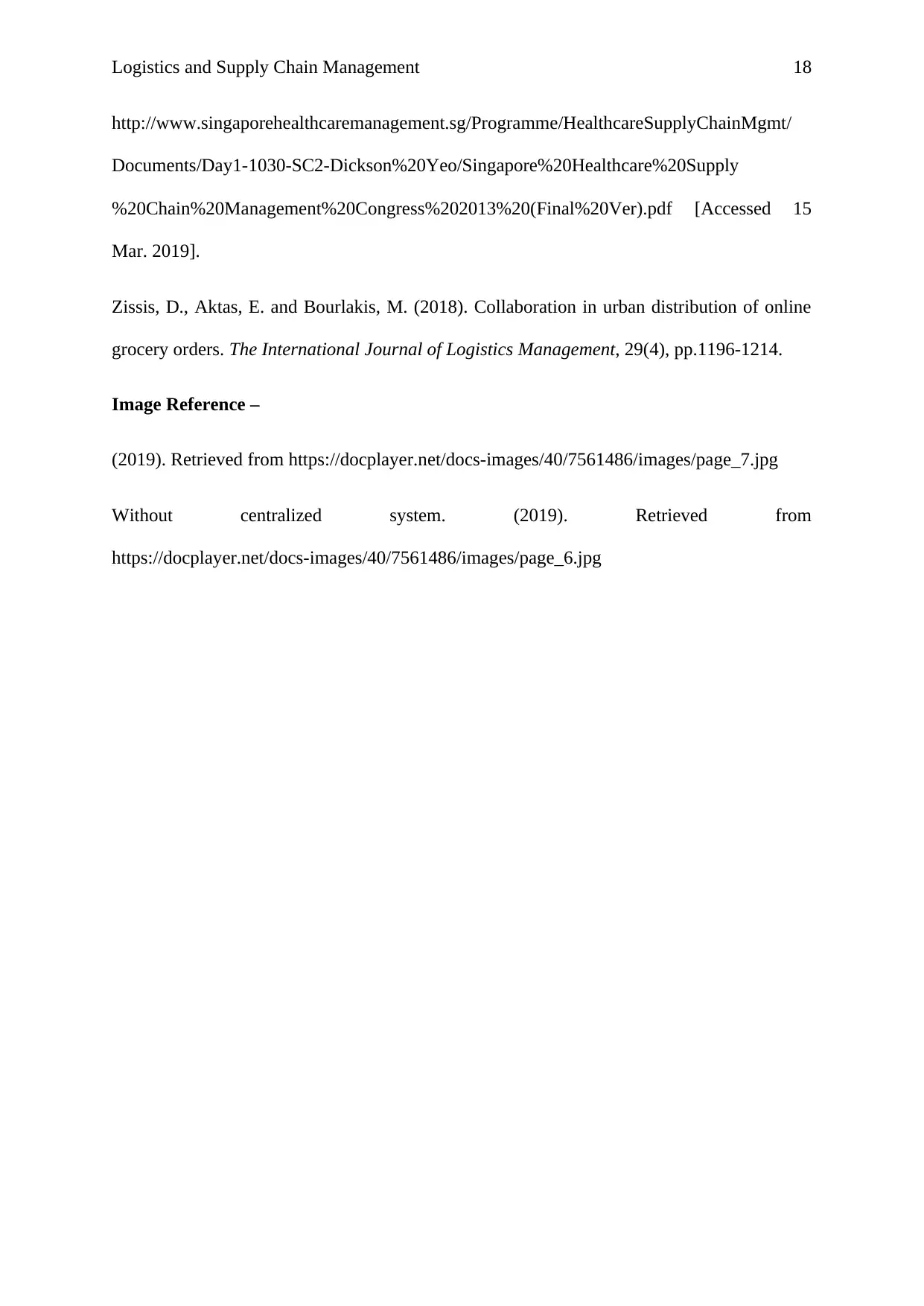
Logistics and Supply Chain Management 18
http://www.singaporehealthcaremanagement.sg/Programme/HealthcareSupplyChainMgmt/
Documents/Day1-1030-SC2-Dickson%20Yeo/Singapore%20Healthcare%20Supply
%20Chain%20Management%20Congress%202013%20(Final%20Ver).pdf [Accessed 15
Mar. 2019].
Zissis, D., Aktas, E. and Bourlakis, M. (2018). Collaboration in urban distribution of online
grocery orders. The International Journal of Logistics Management, 29(4), pp.1196-1214.
Image Reference –
(2019). Retrieved from https://docplayer.net/docs-images/40/7561486/images/page_7.jpg
Without centralized system. (2019). Retrieved from
https://docplayer.net/docs-images/40/7561486/images/page_6.jpg
http://www.singaporehealthcaremanagement.sg/Programme/HealthcareSupplyChainMgmt/
Documents/Day1-1030-SC2-Dickson%20Yeo/Singapore%20Healthcare%20Supply
%20Chain%20Management%20Congress%202013%20(Final%20Ver).pdf [Accessed 15
Mar. 2019].
Zissis, D., Aktas, E. and Bourlakis, M. (2018). Collaboration in urban distribution of online
grocery orders. The International Journal of Logistics Management, 29(4), pp.1196-1214.
Image Reference –
(2019). Retrieved from https://docplayer.net/docs-images/40/7561486/images/page_7.jpg
Without centralized system. (2019). Retrieved from
https://docplayer.net/docs-images/40/7561486/images/page_6.jpg
Paraphrase This Document
Need a fresh take? Get an instant paraphrase of this document with our AI Paraphraser
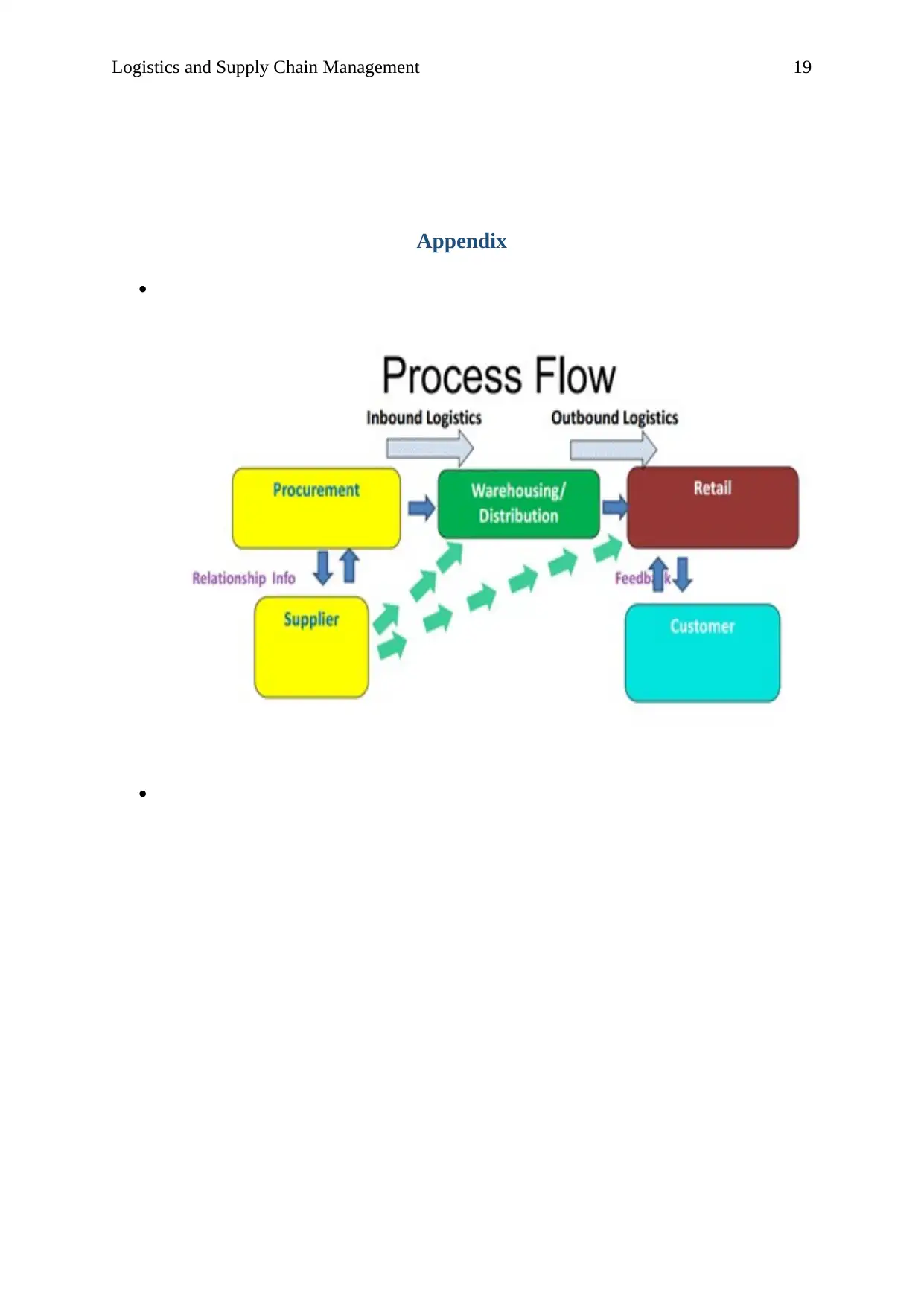
Logistics and Supply Chain Management 19
Appendix
Appendix
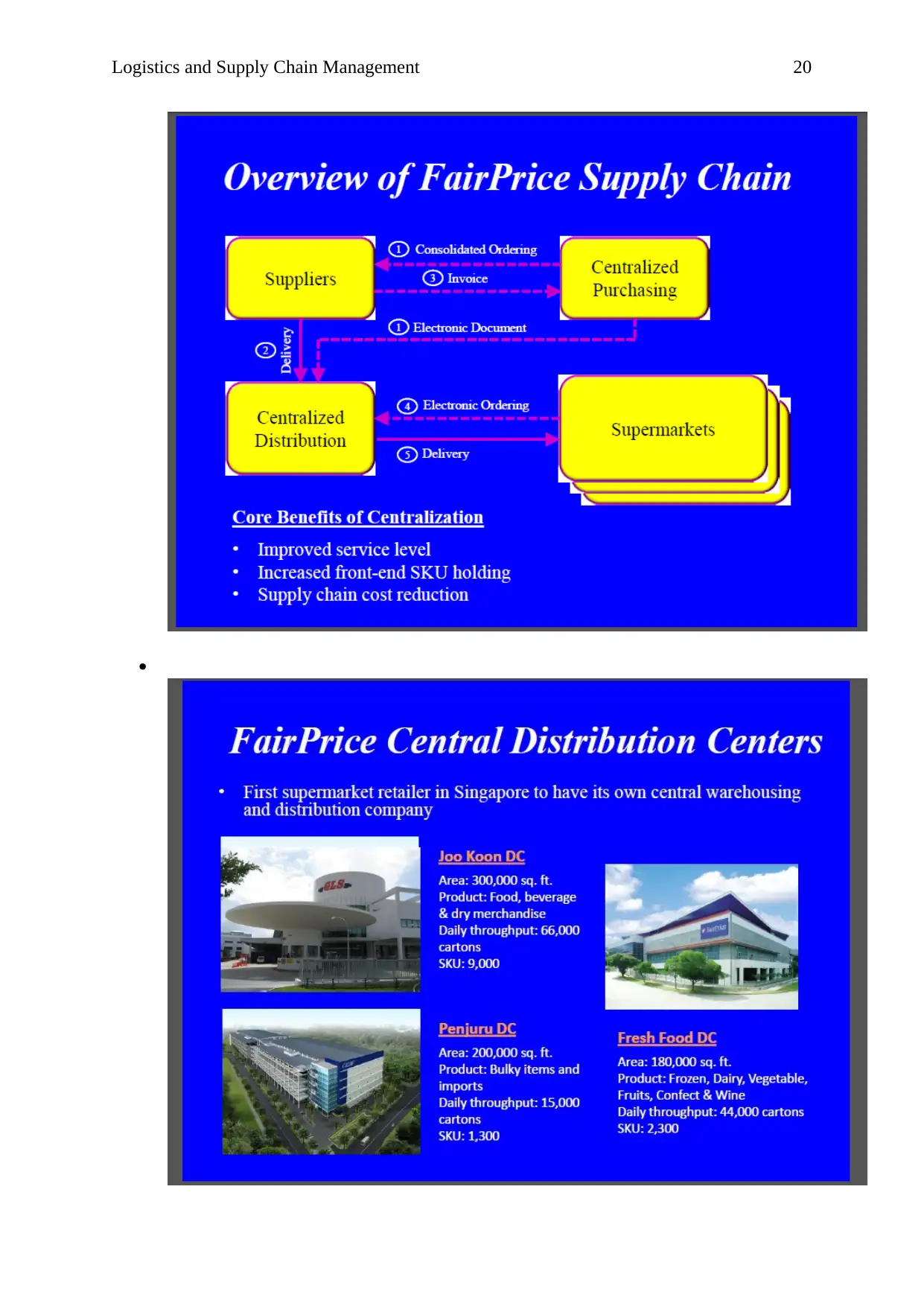
Logistics and Supply Chain Management 20
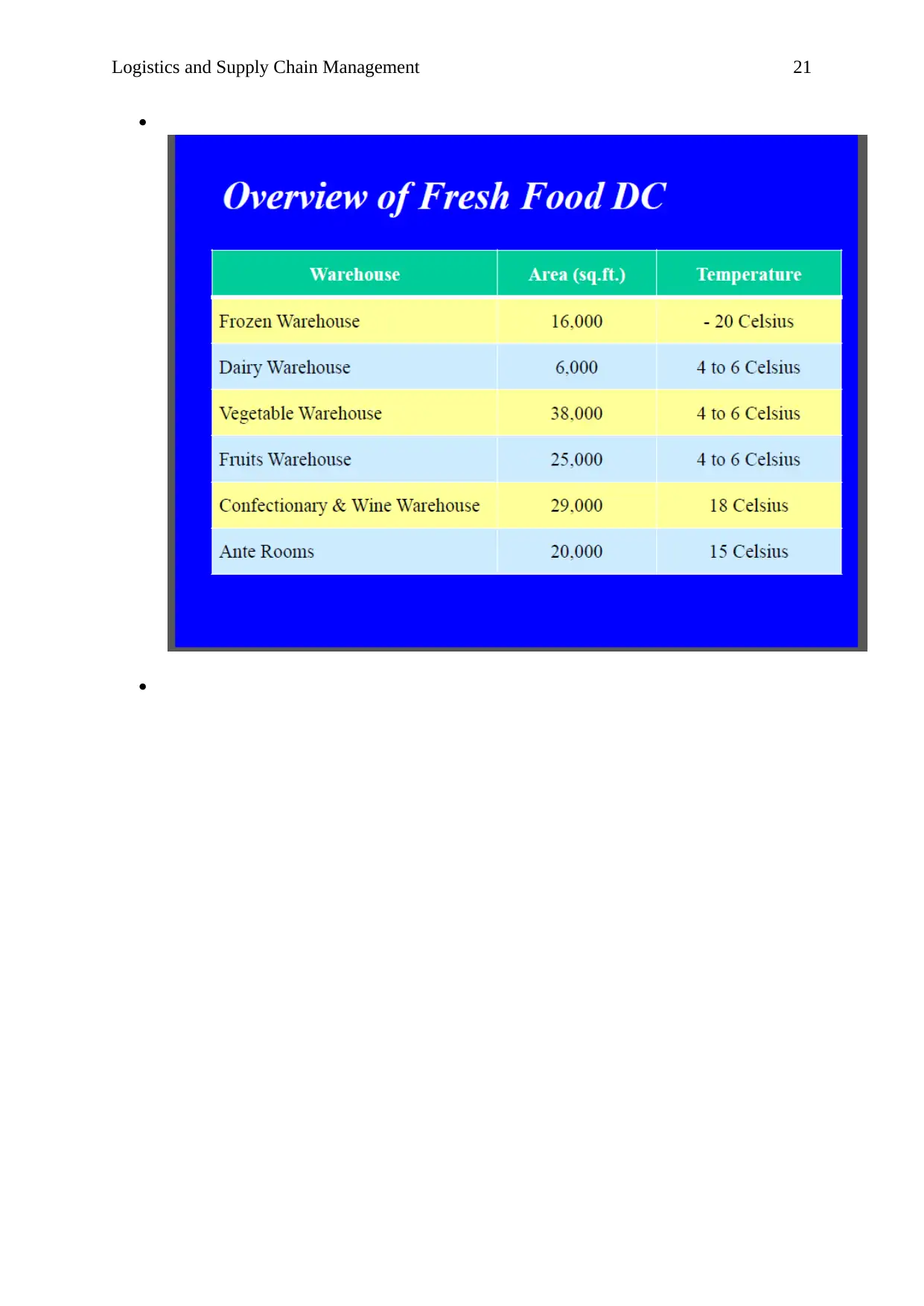
Logistics and Supply Chain Management 21
Secure Best Marks with AI Grader
Need help grading? Try our AI Grader for instant feedback on your assignments.

Logistics and Supply Chain Management 22
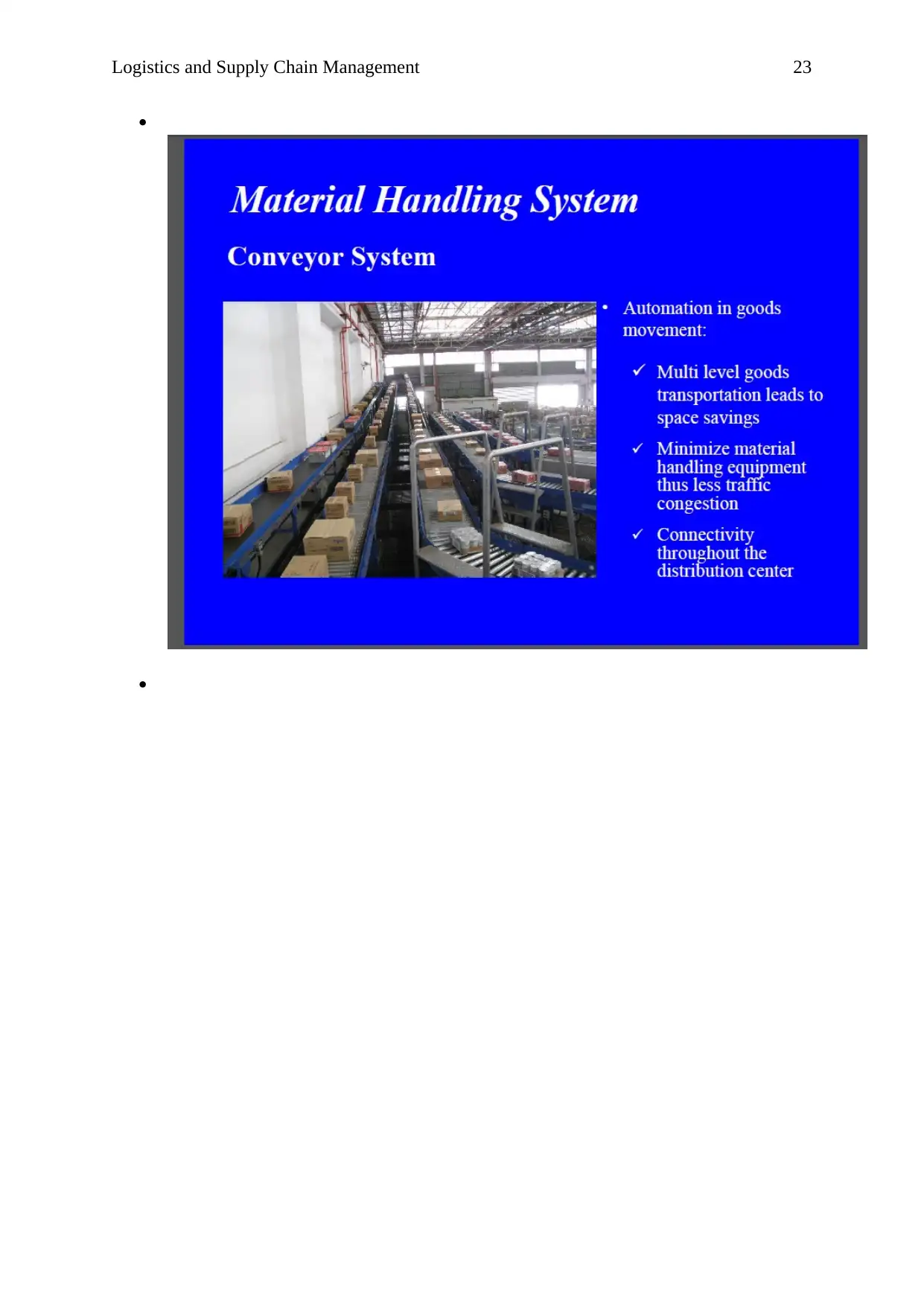
Logistics and Supply Chain Management 23
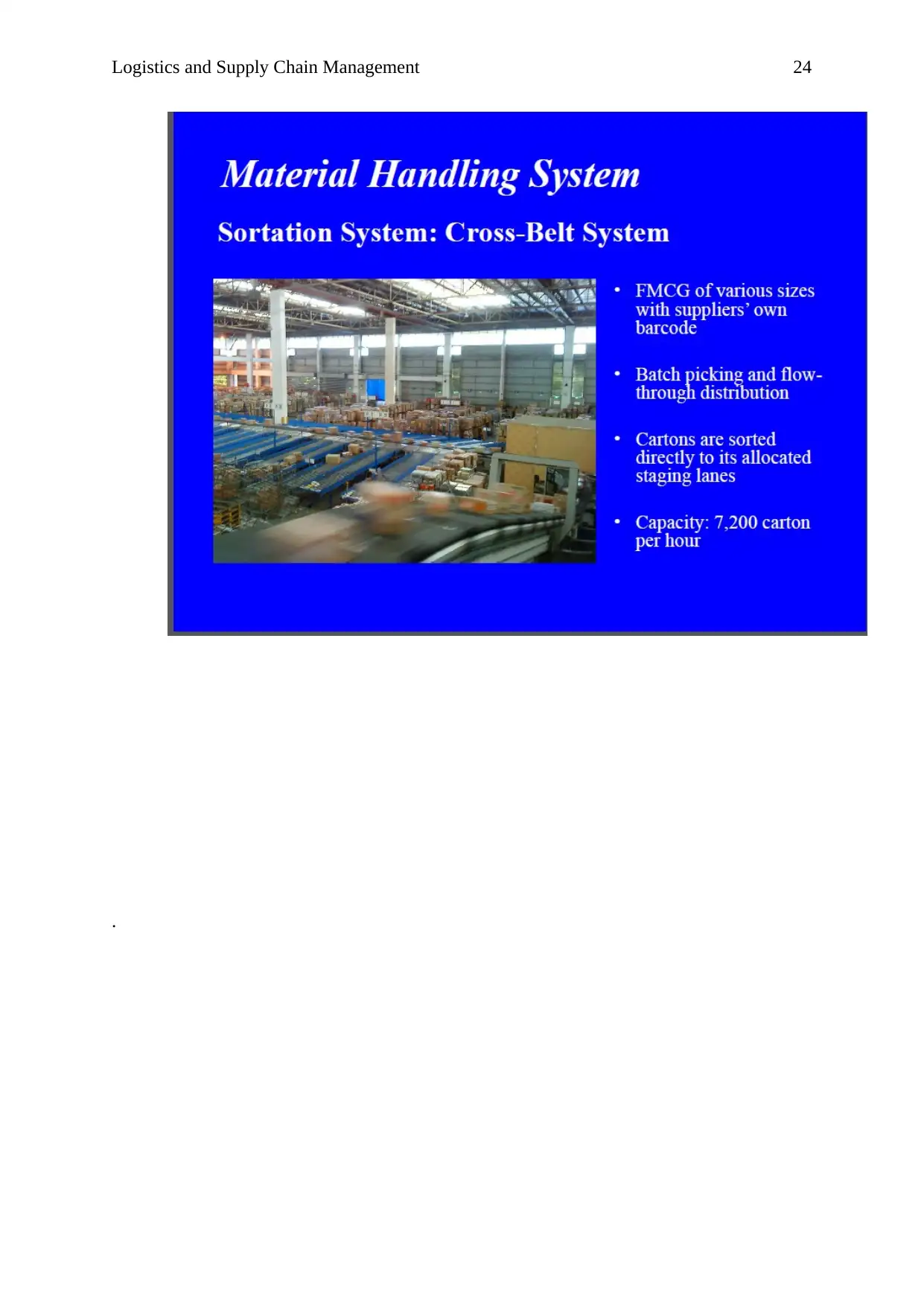
Logistics and Supply Chain Management 24
.
.
Paraphrase This Document
Need a fresh take? Get an instant paraphrase of this document with our AI Paraphraser
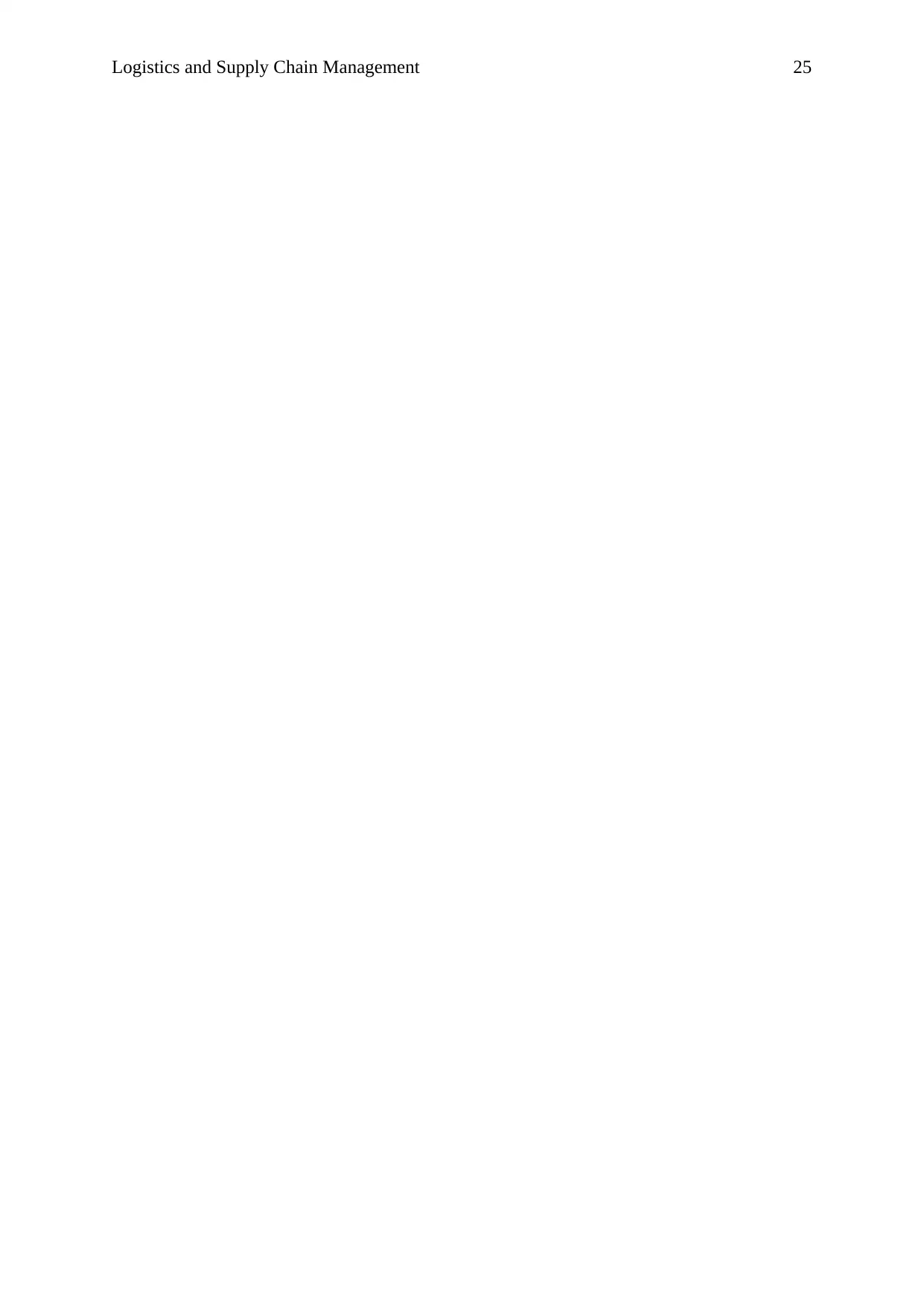
Logistics and Supply Chain Management 25
1 out of 26
Related Documents
Your All-in-One AI-Powered Toolkit for Academic Success.
+13062052269
info@desklib.com
Available 24*7 on WhatsApp / Email
![[object Object]](/_next/static/media/star-bottom.7253800d.svg)
Unlock your academic potential
© 2024 | Zucol Services PVT LTD | All rights reserved.





